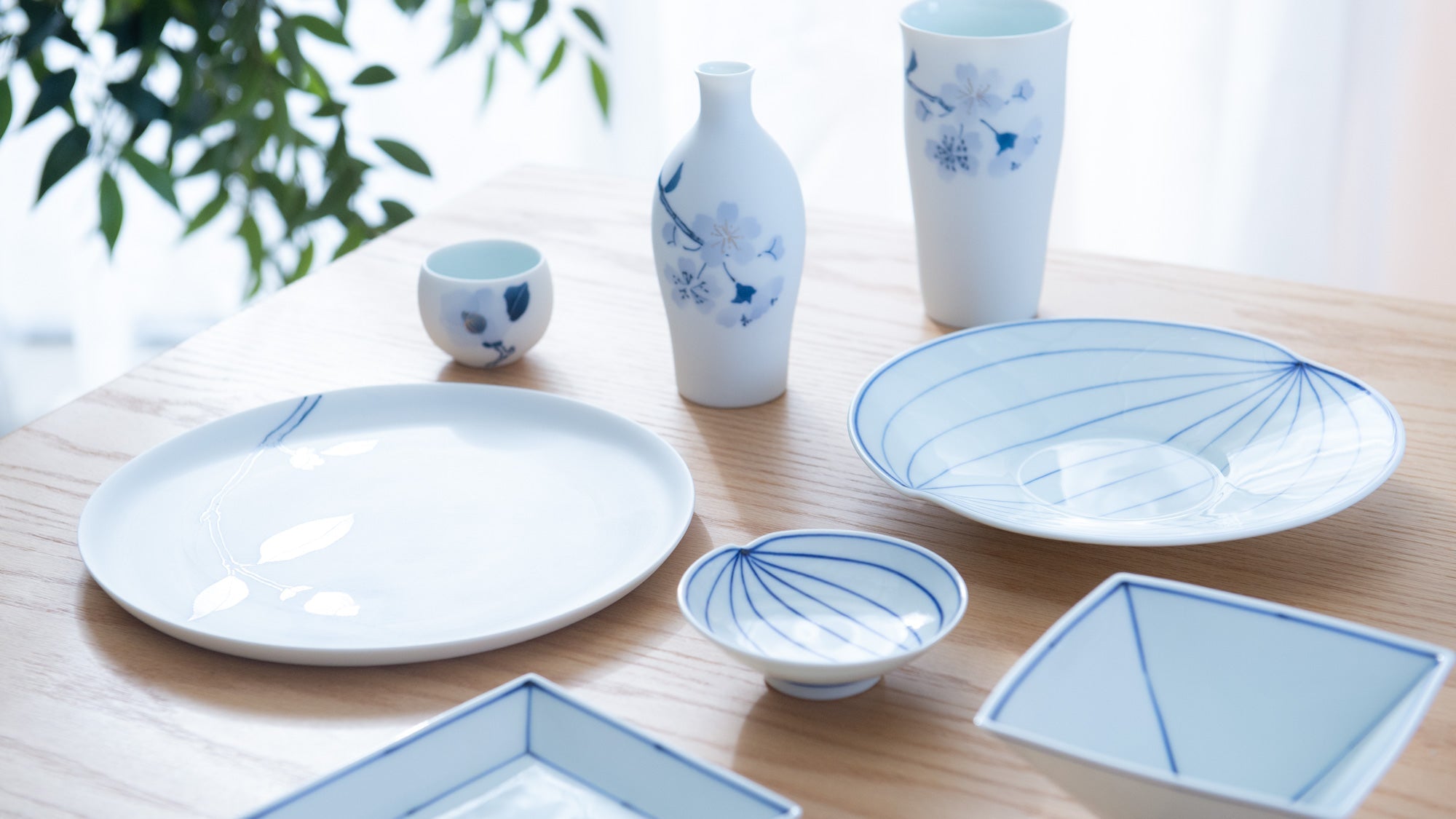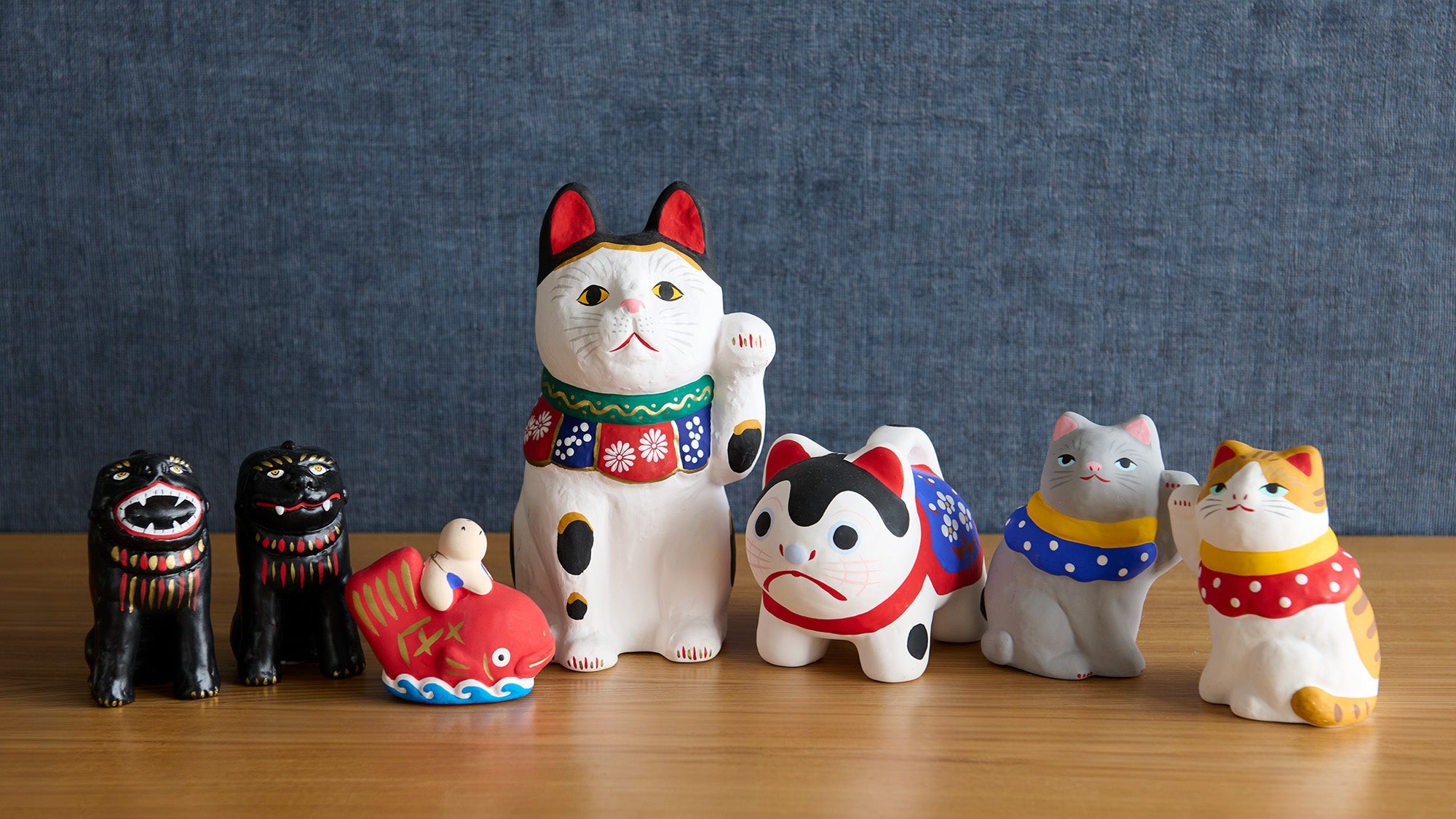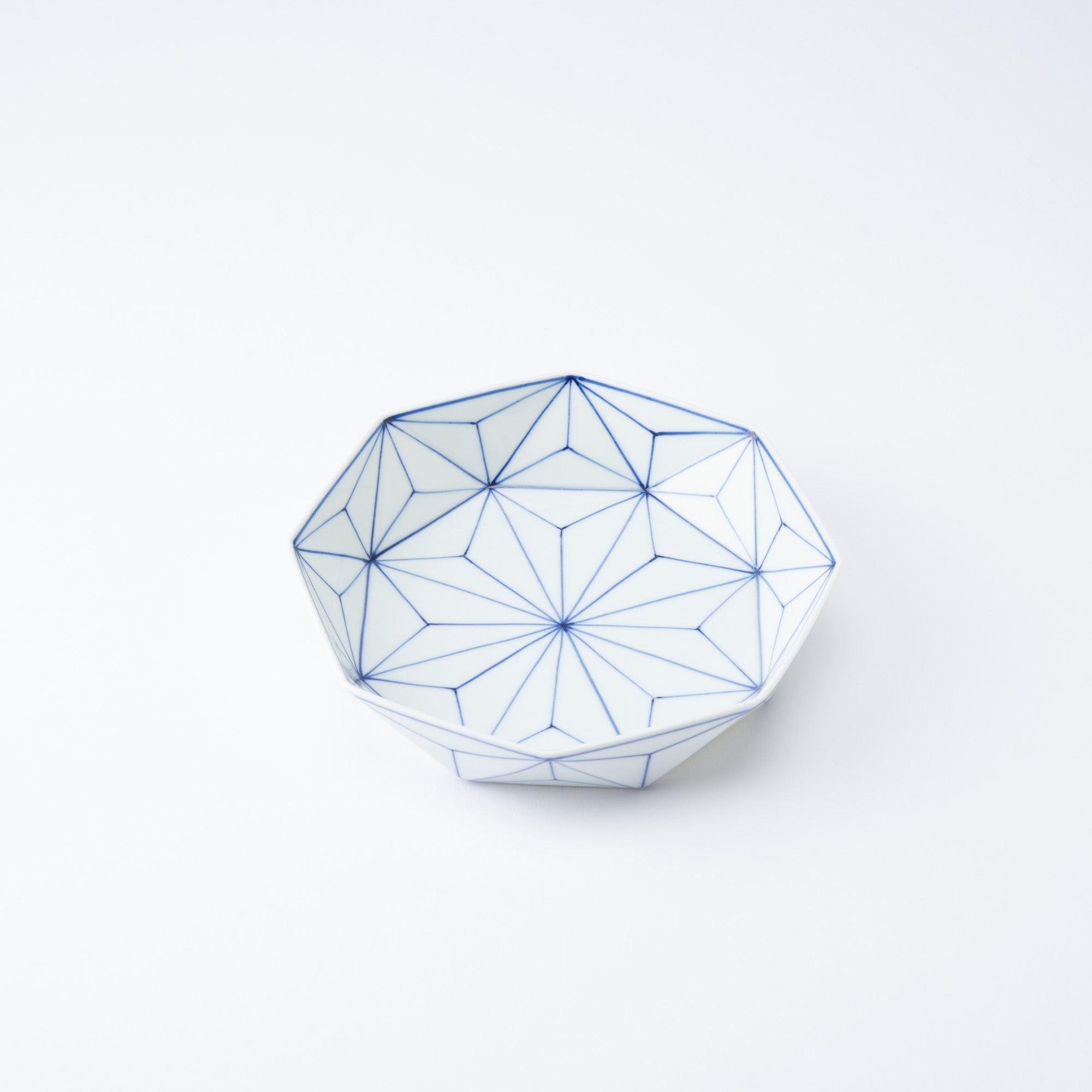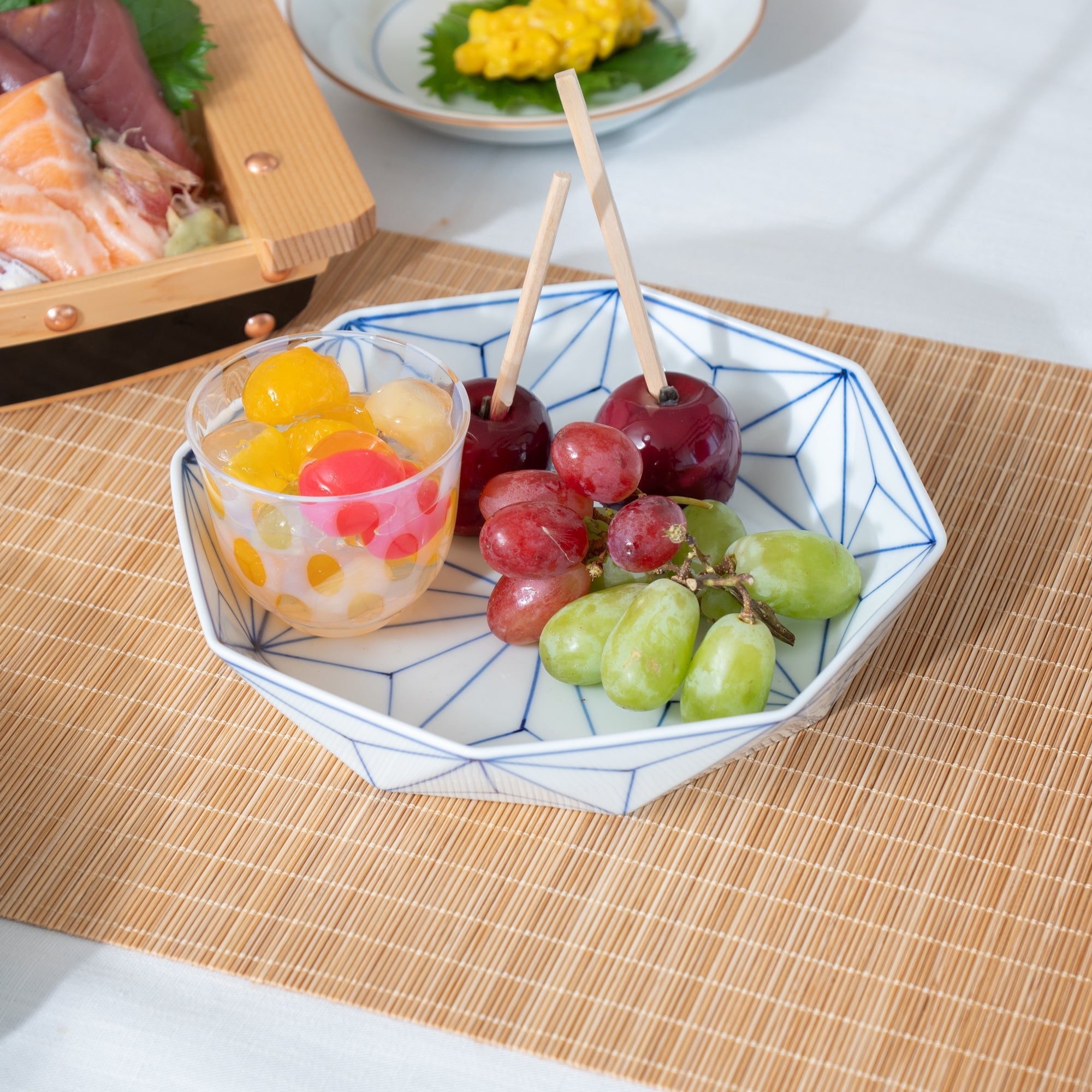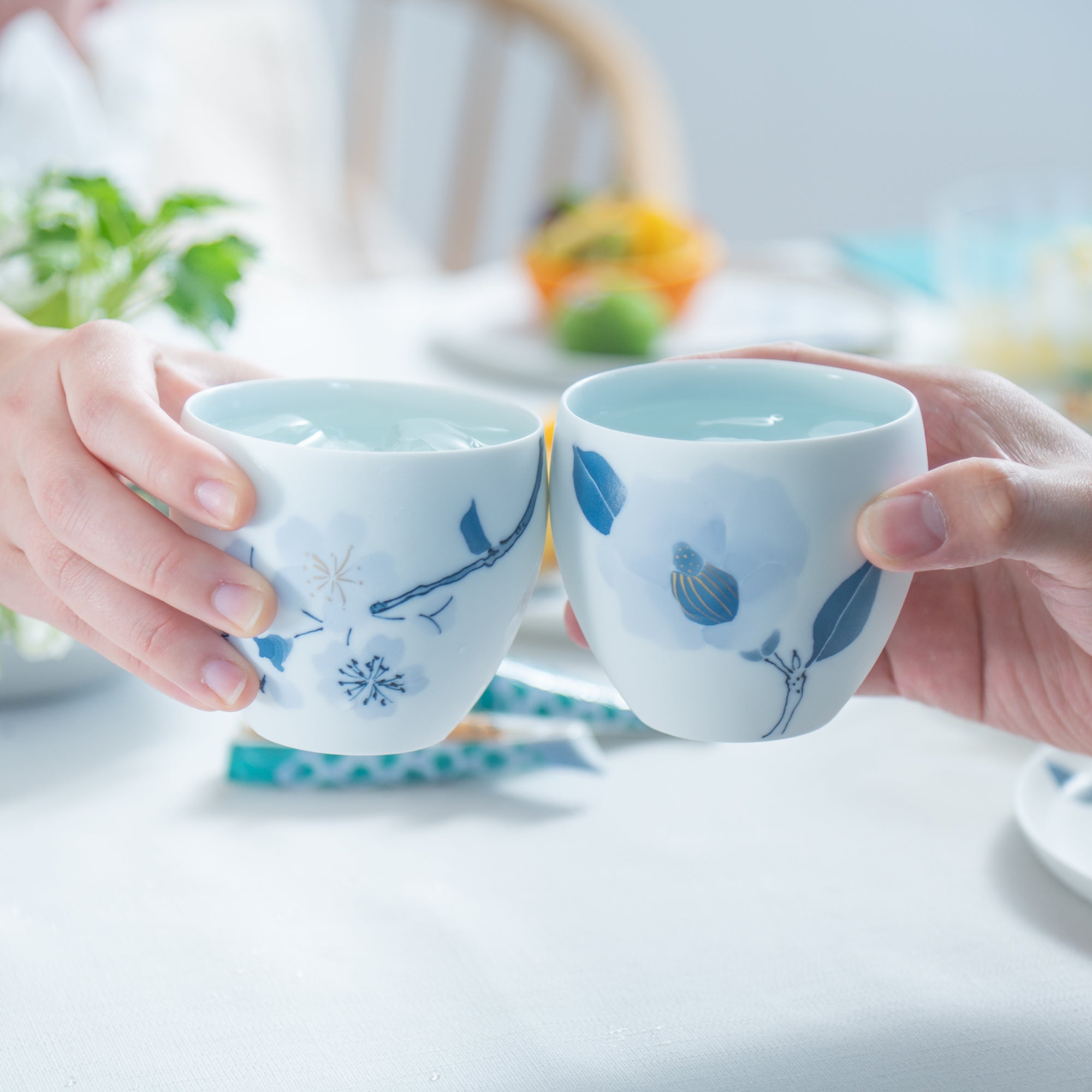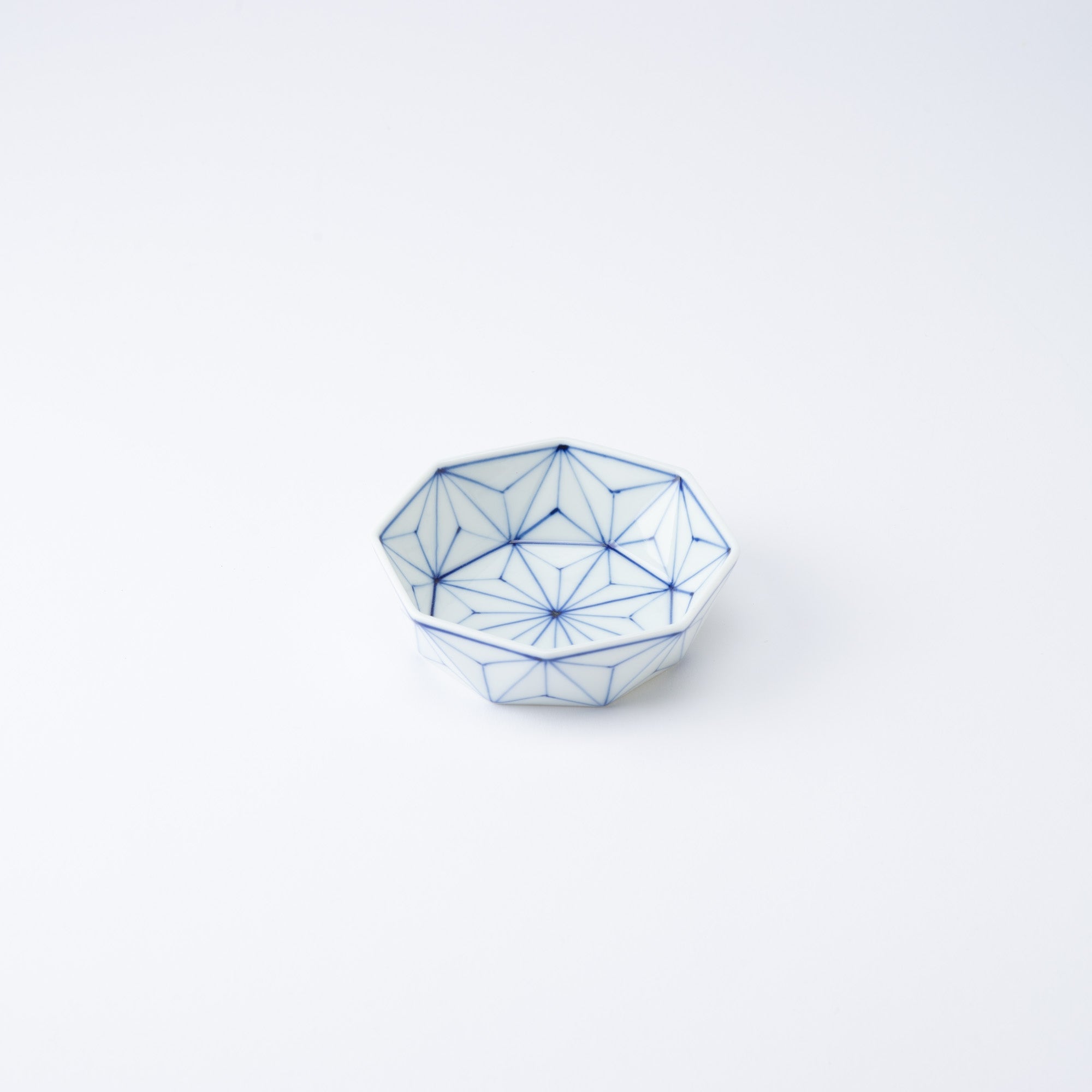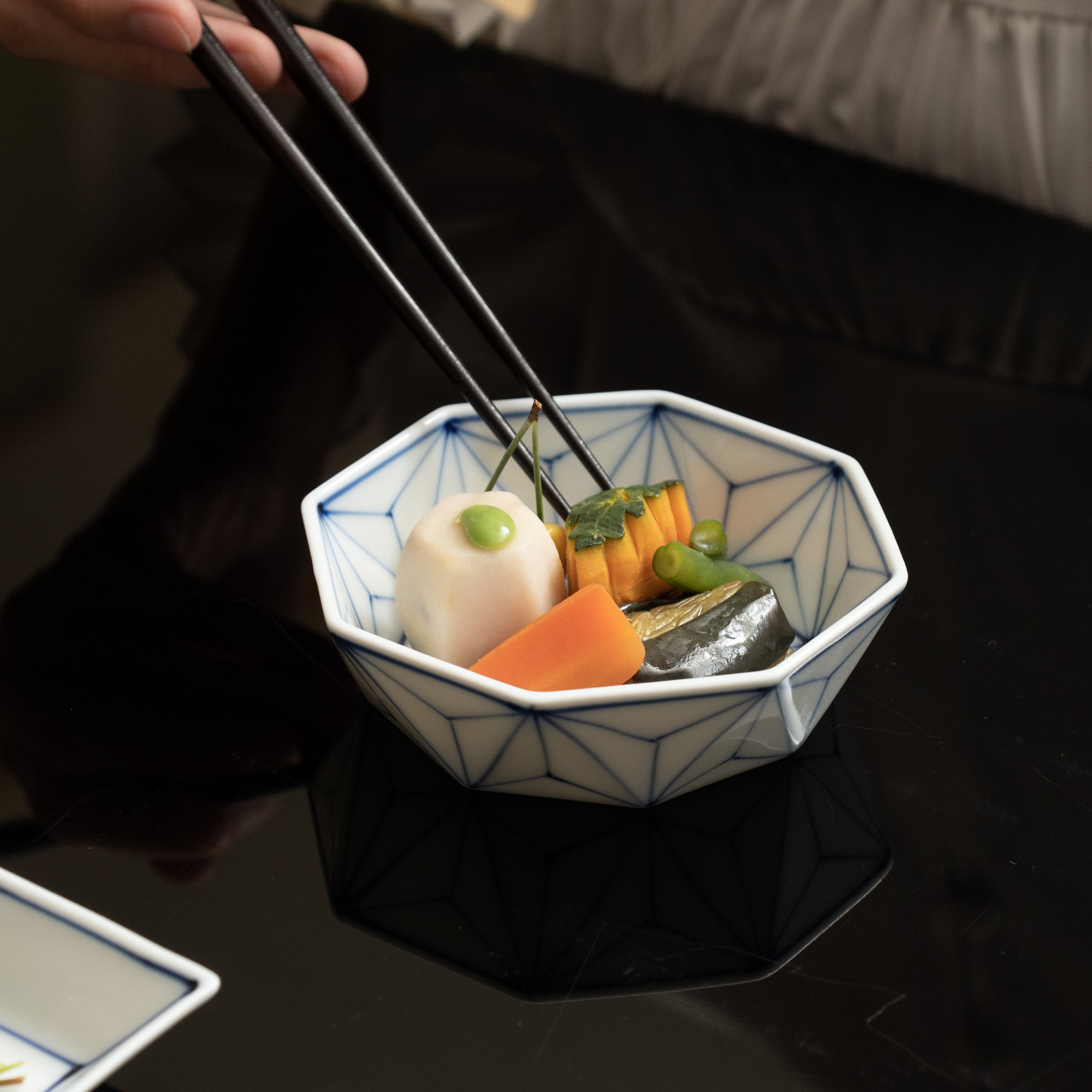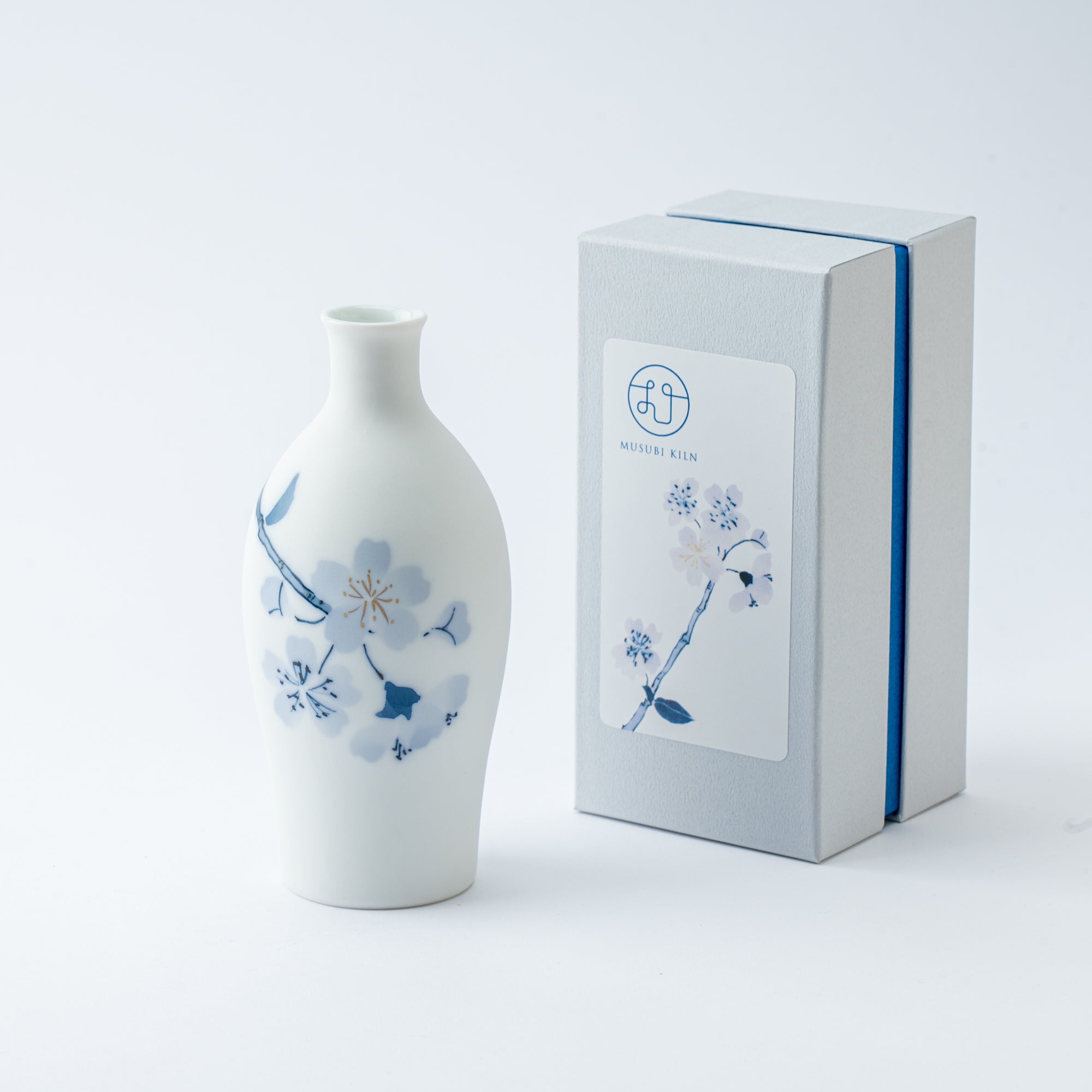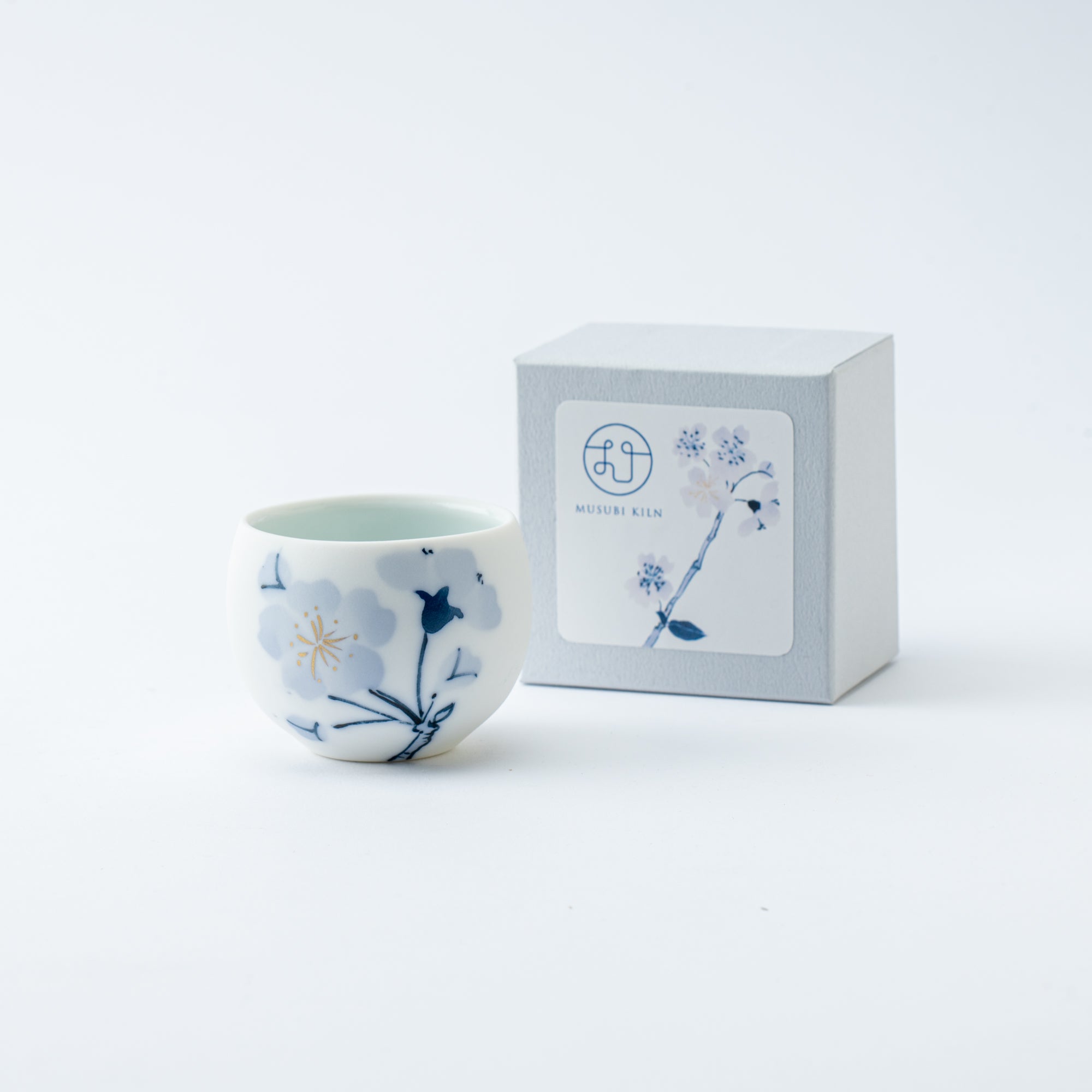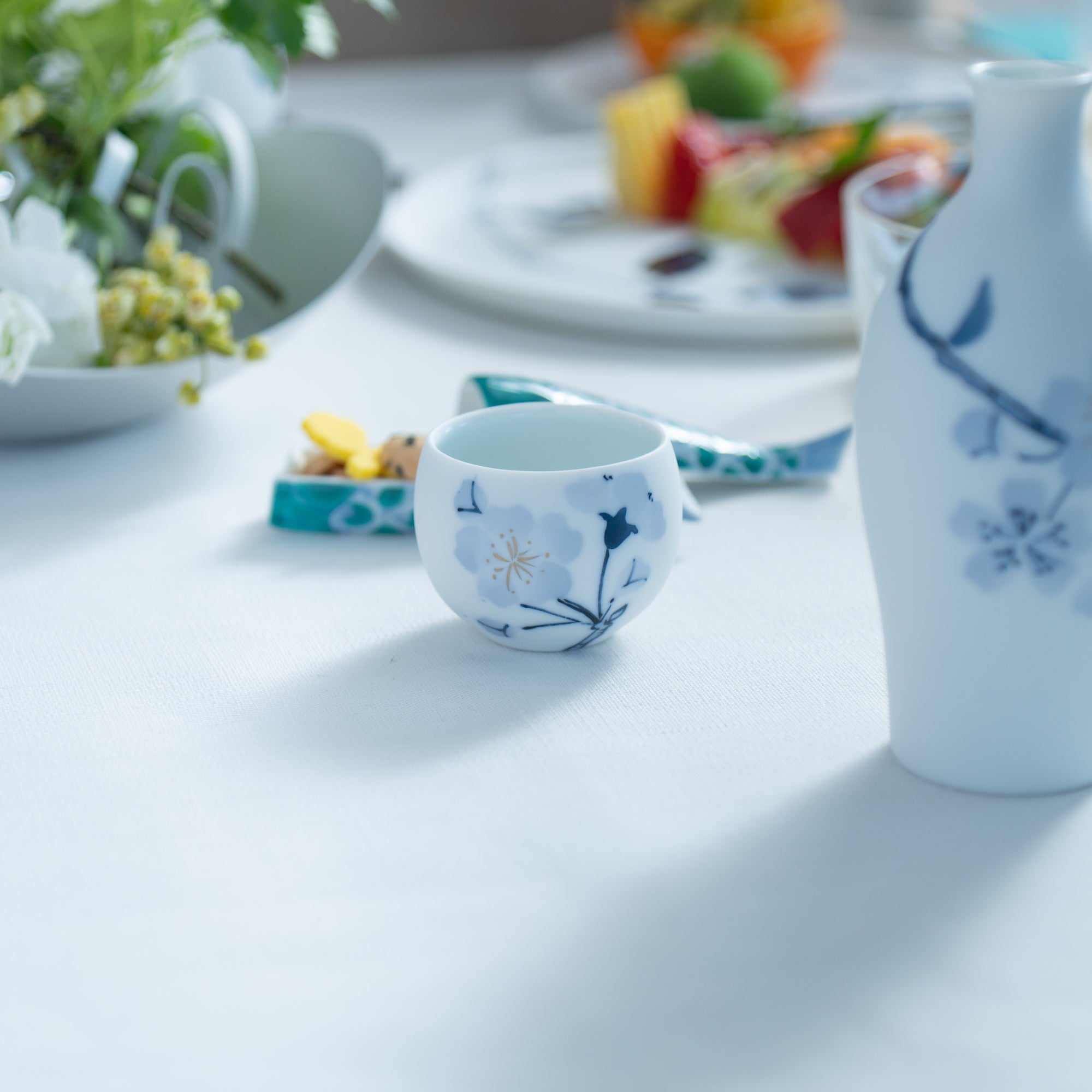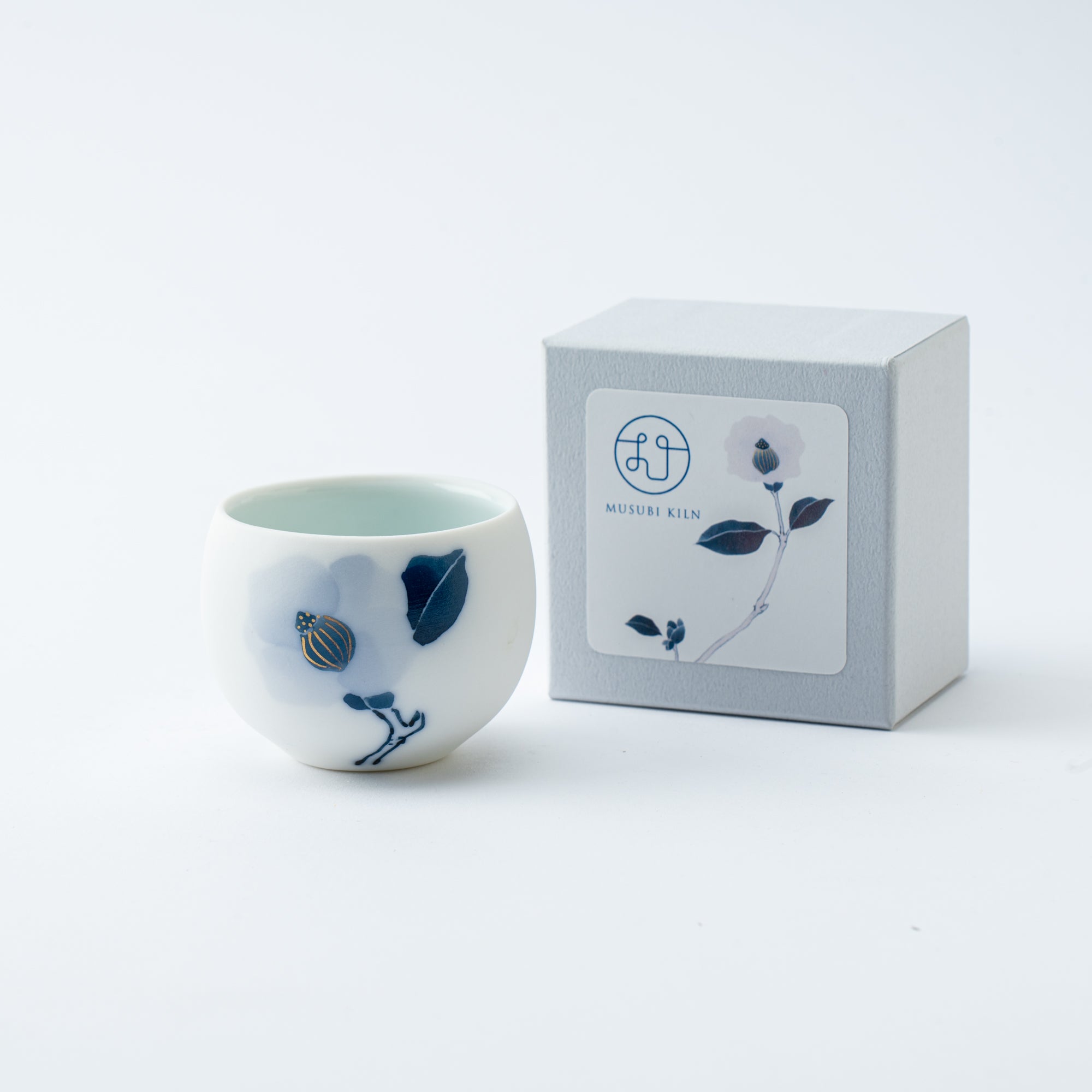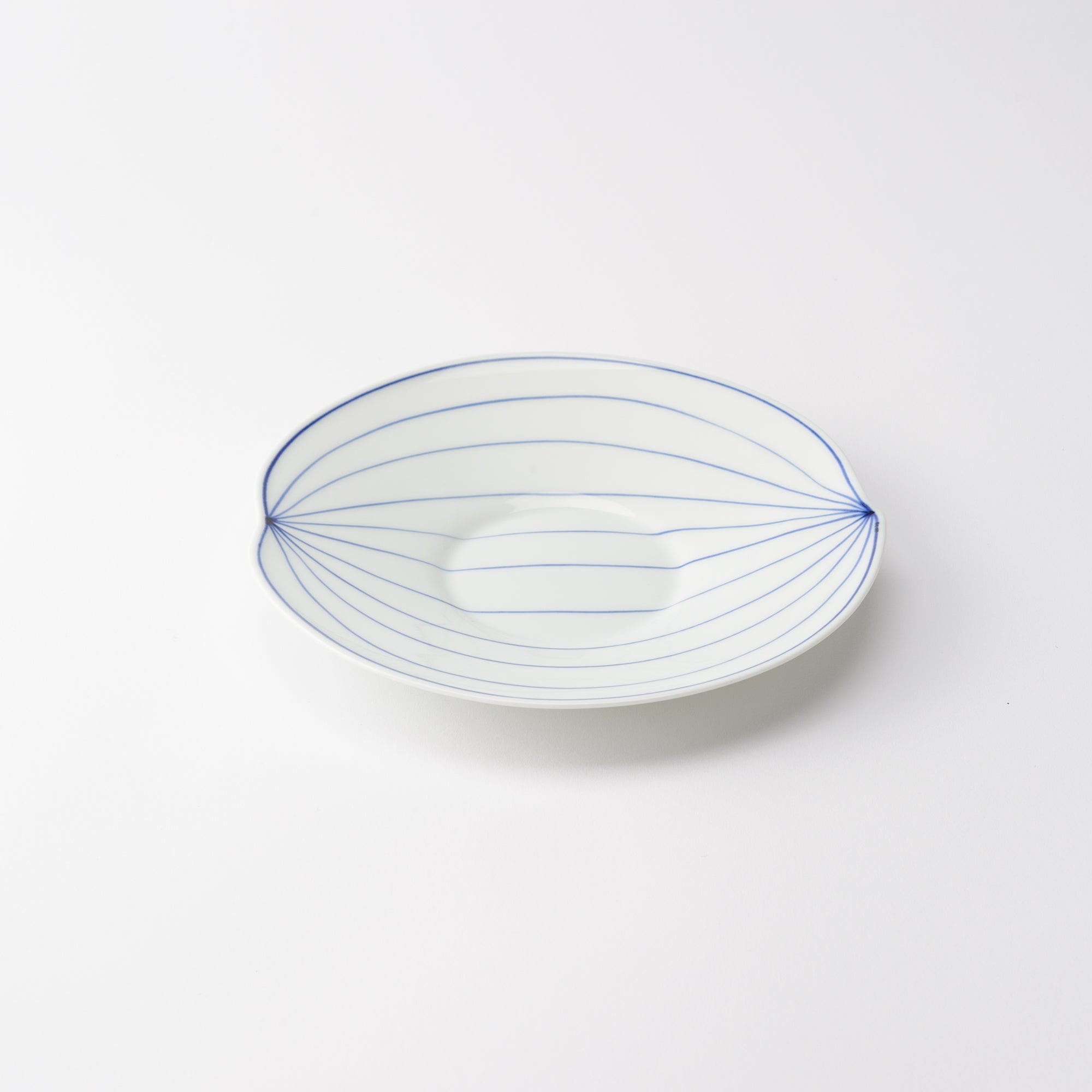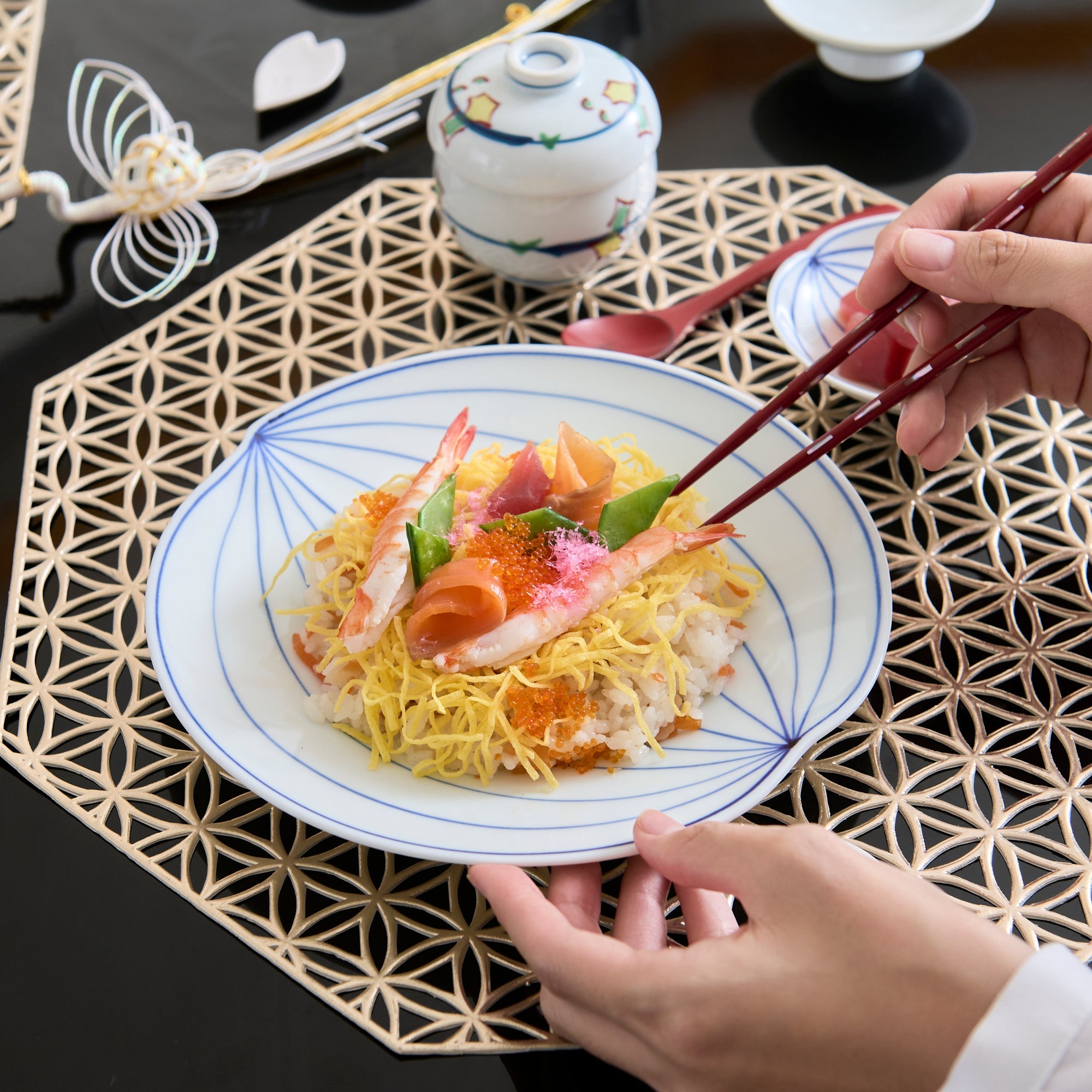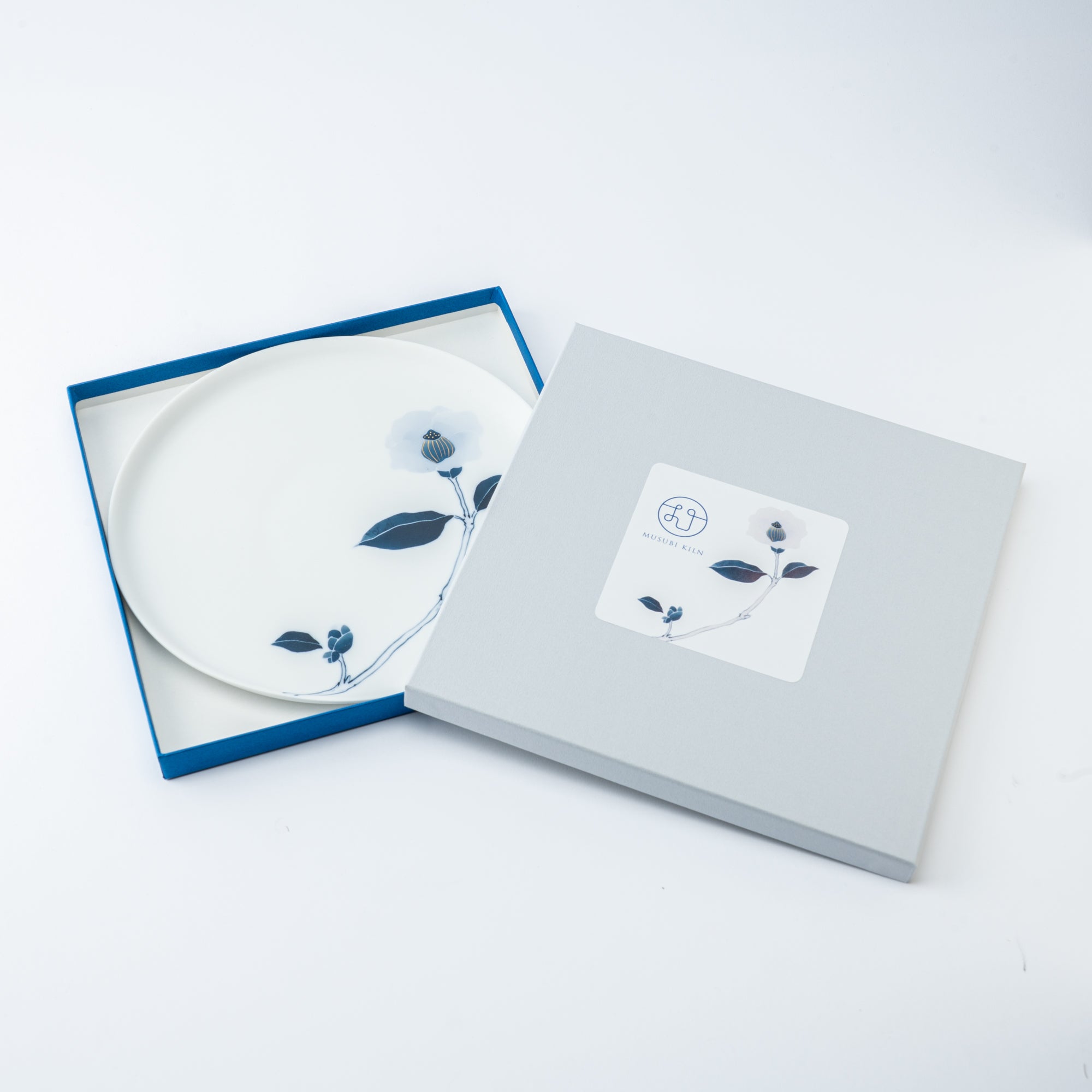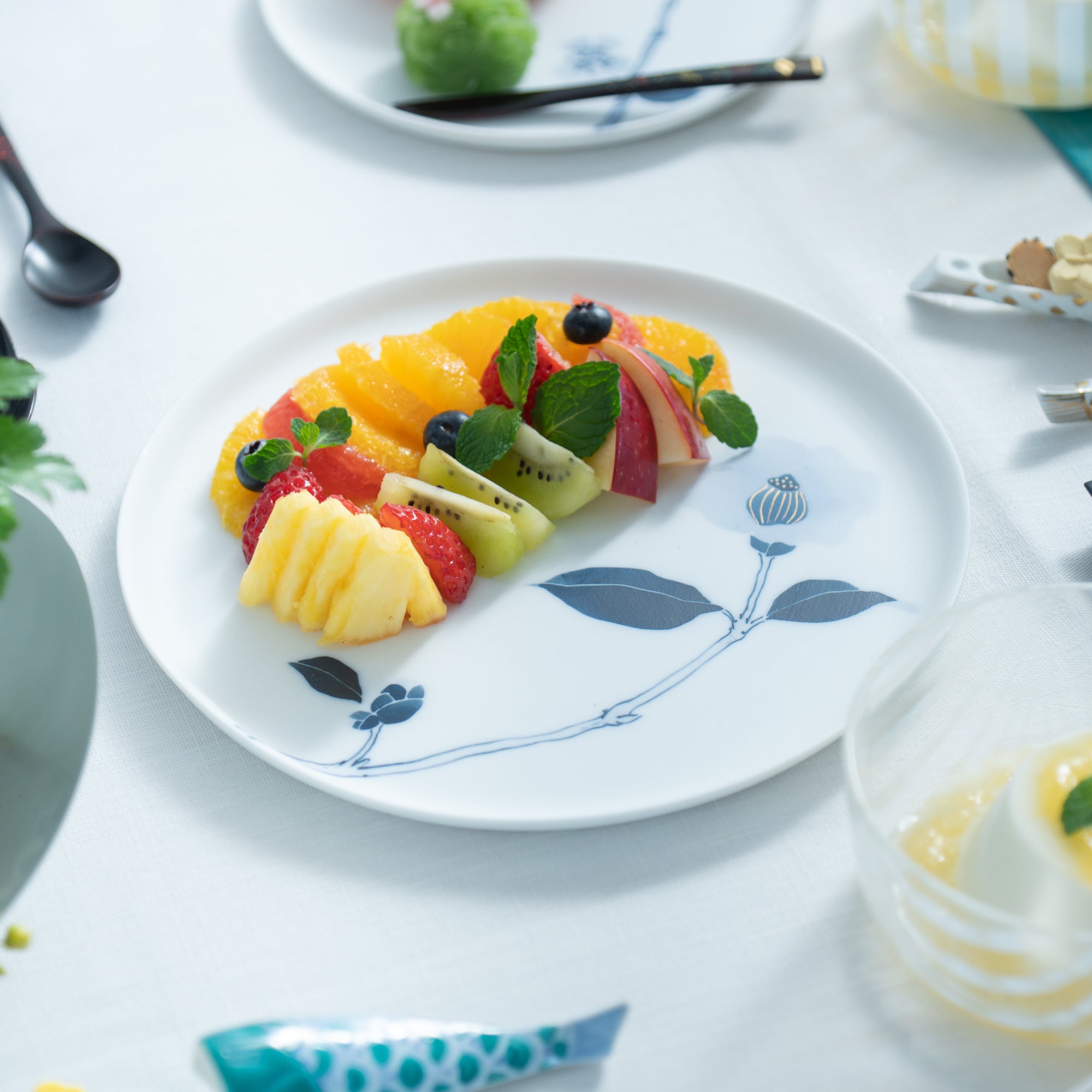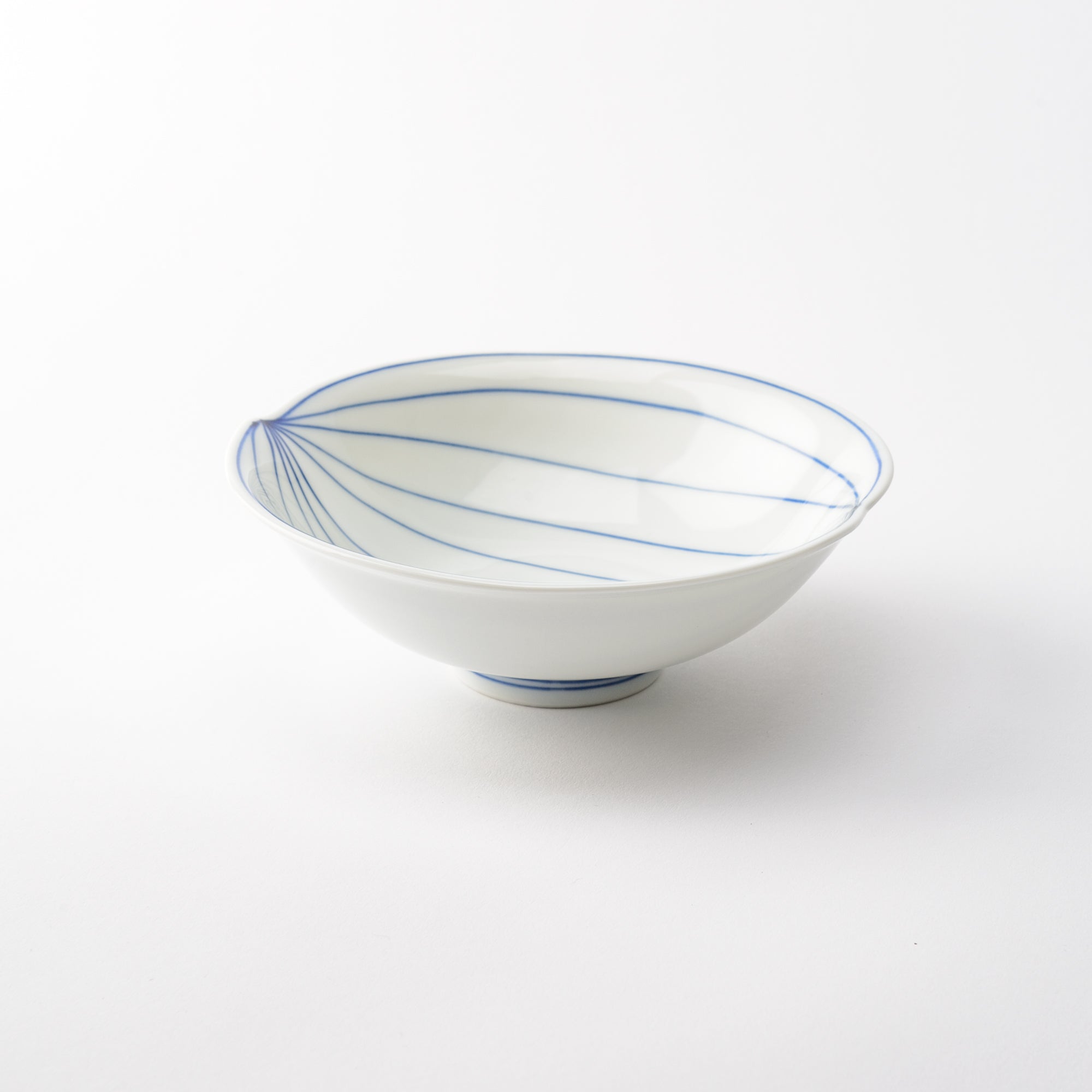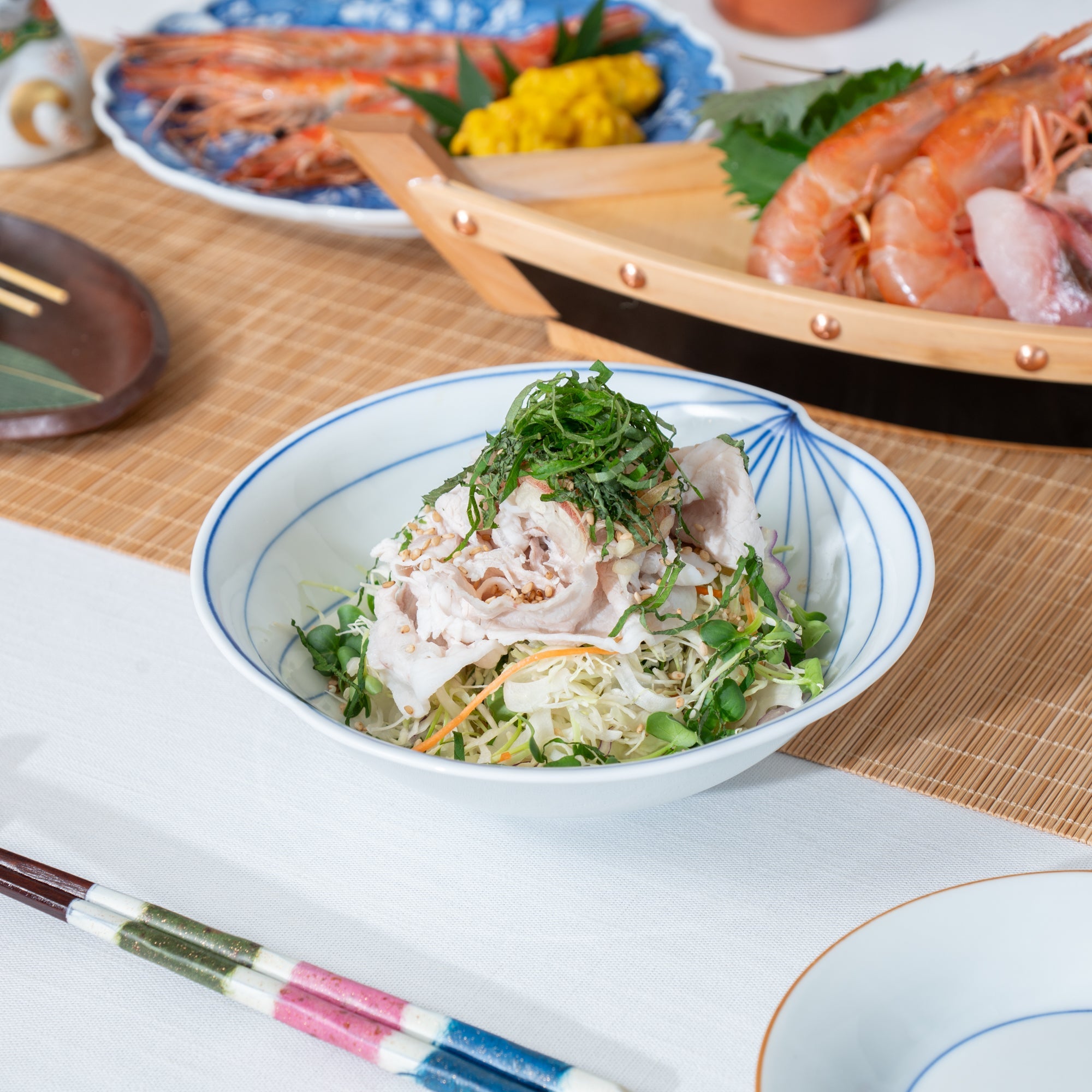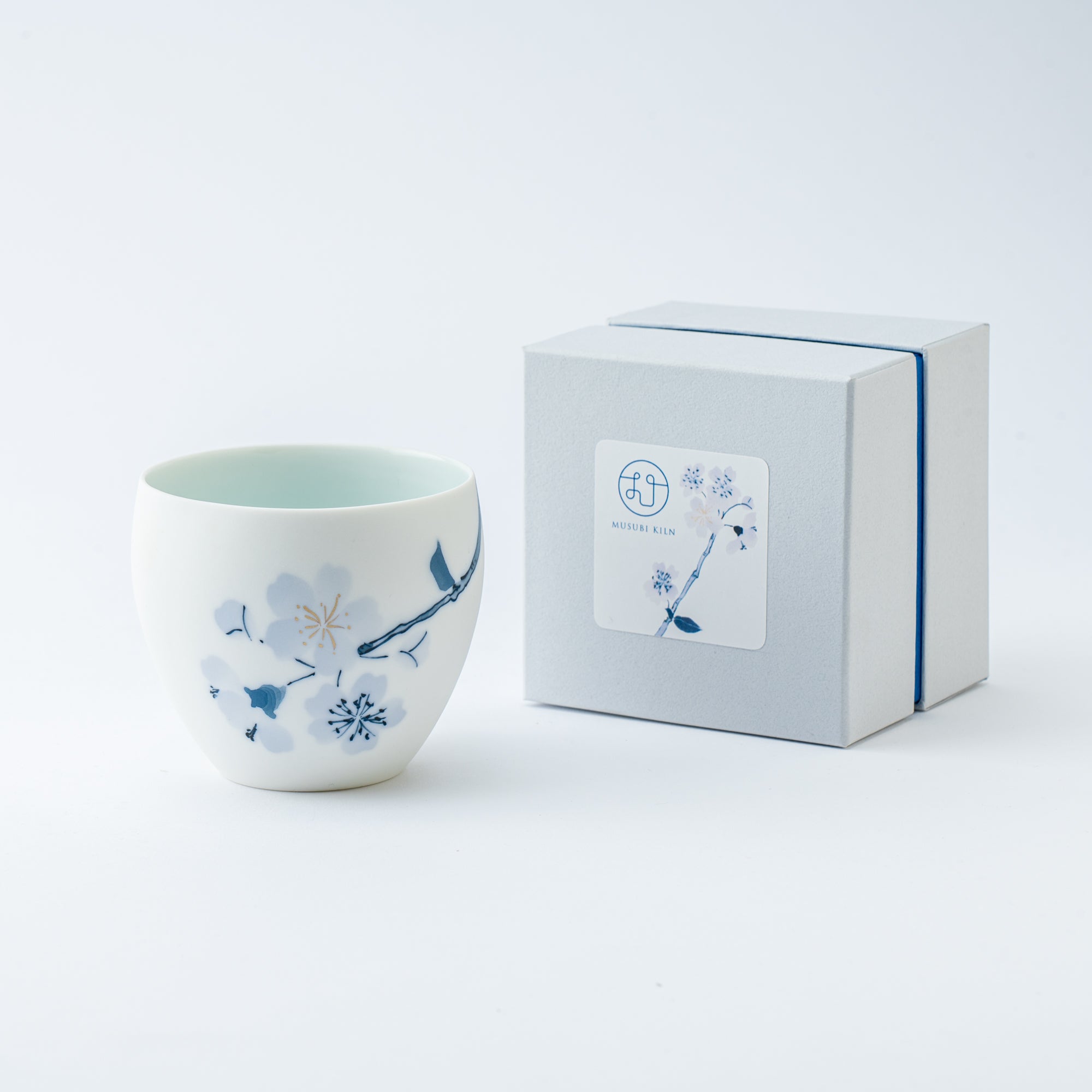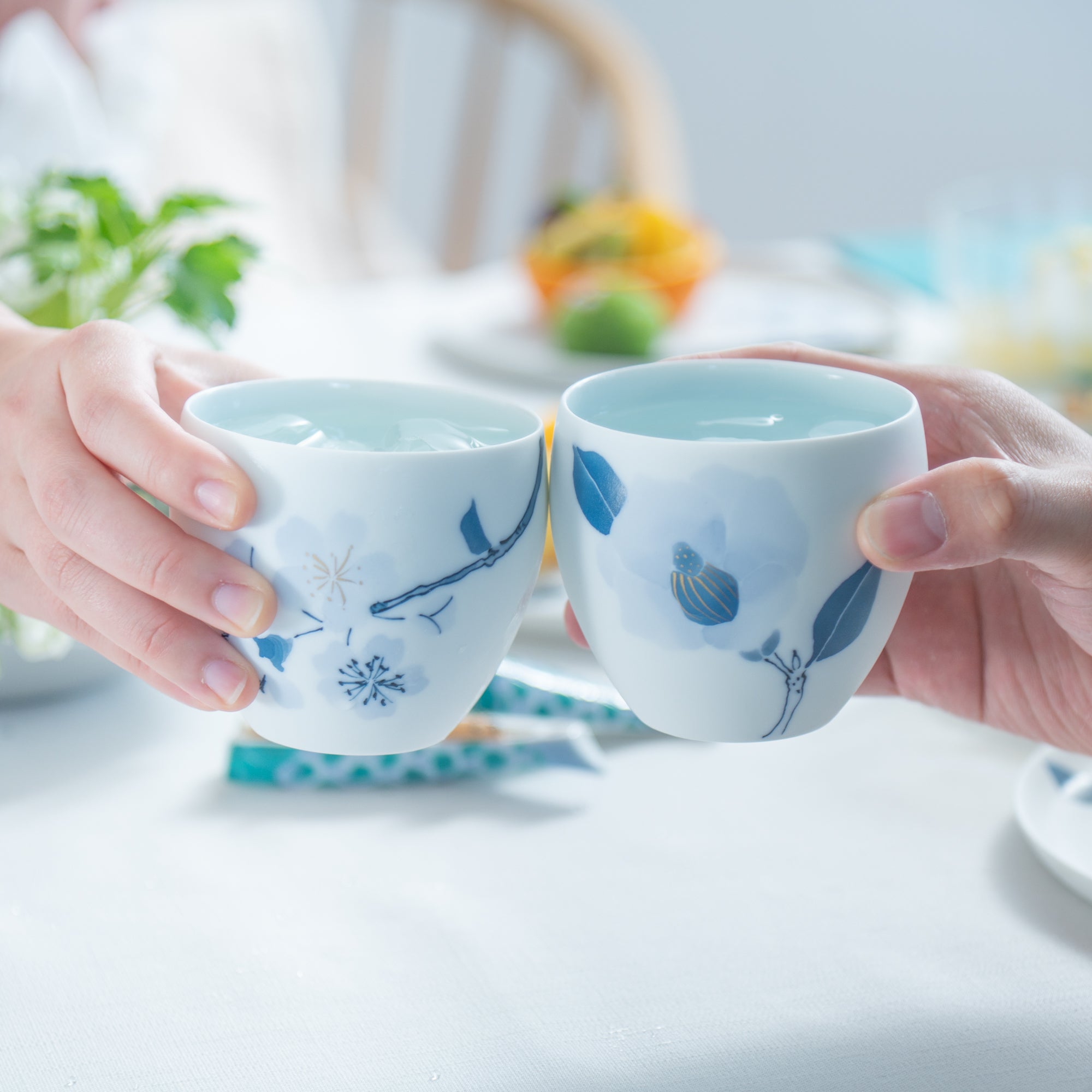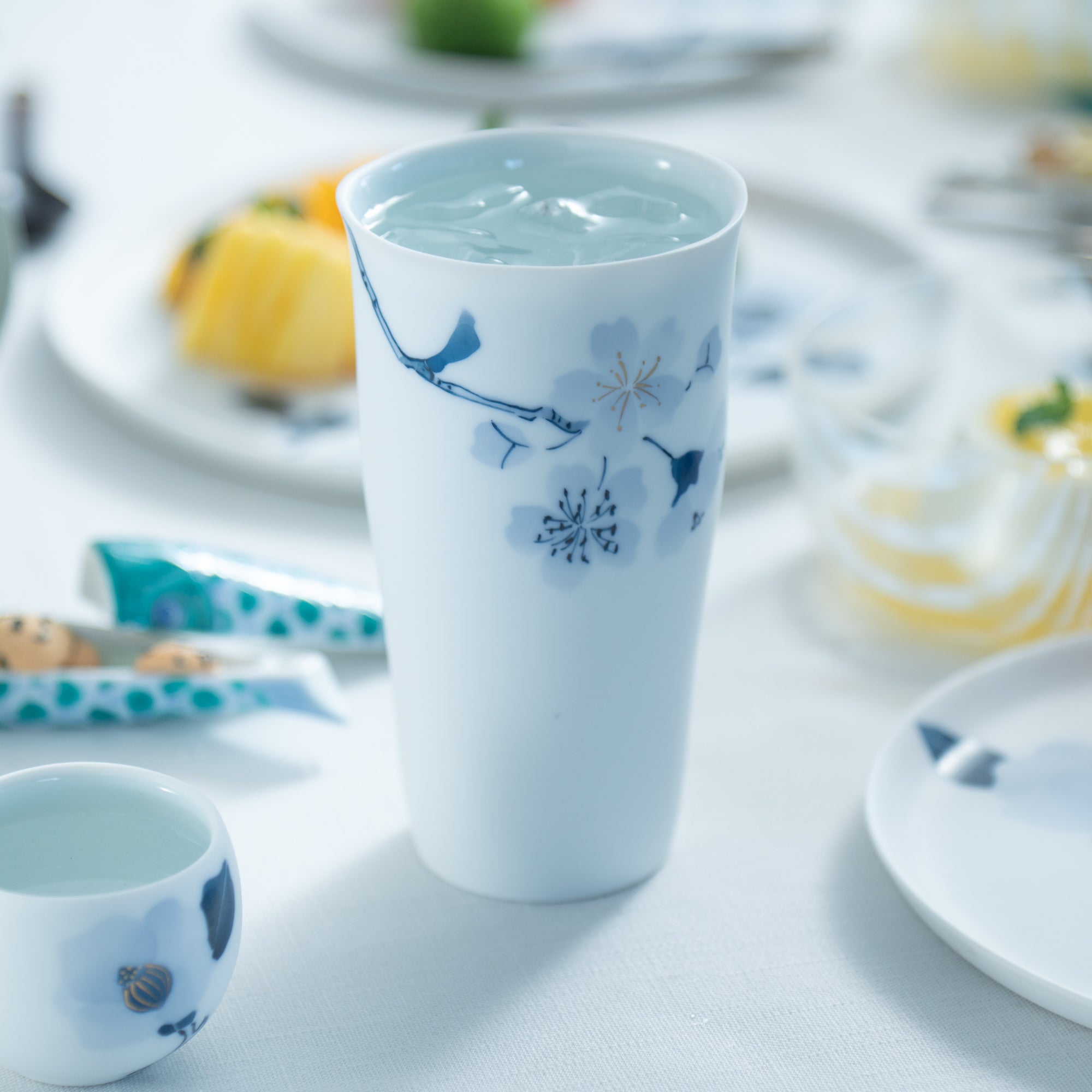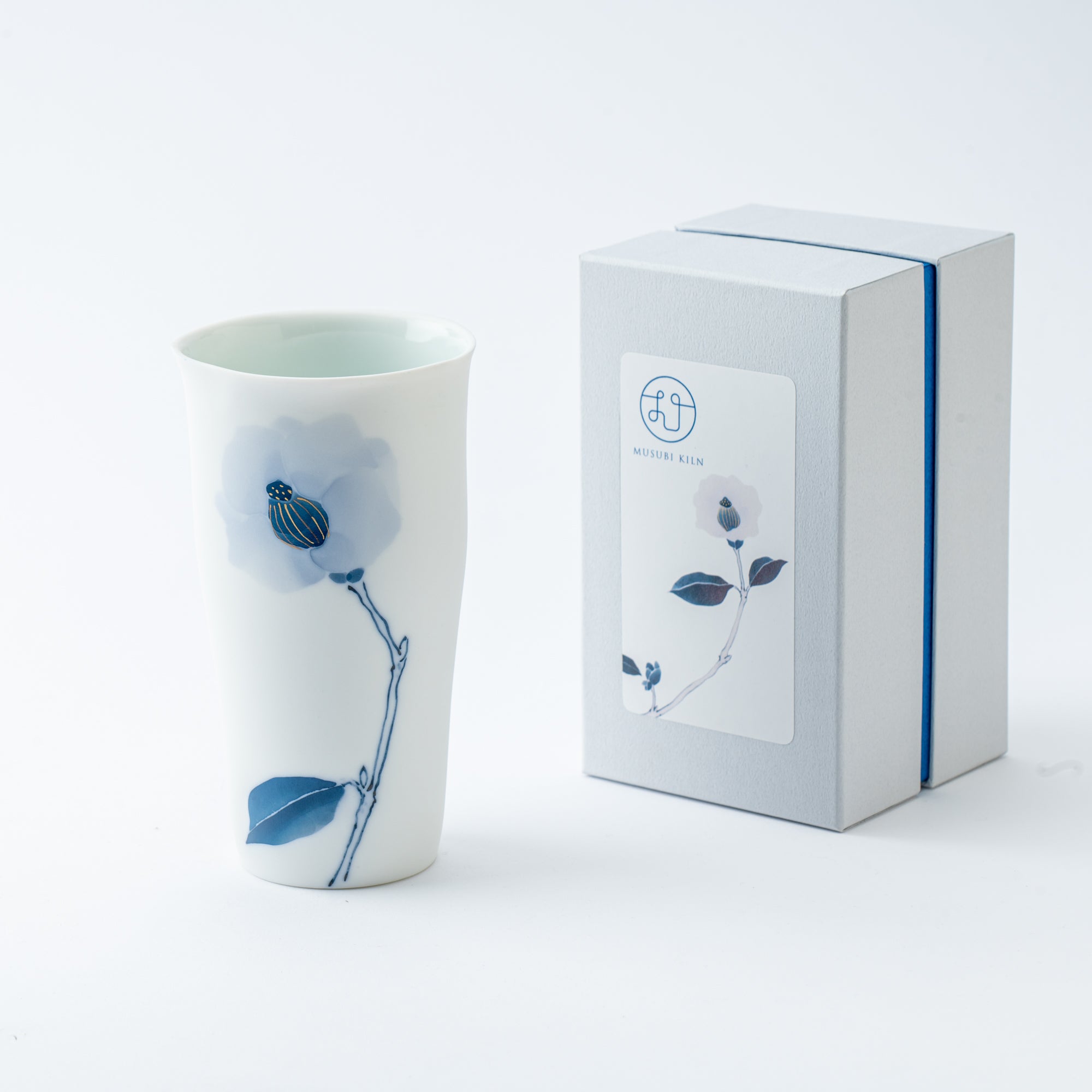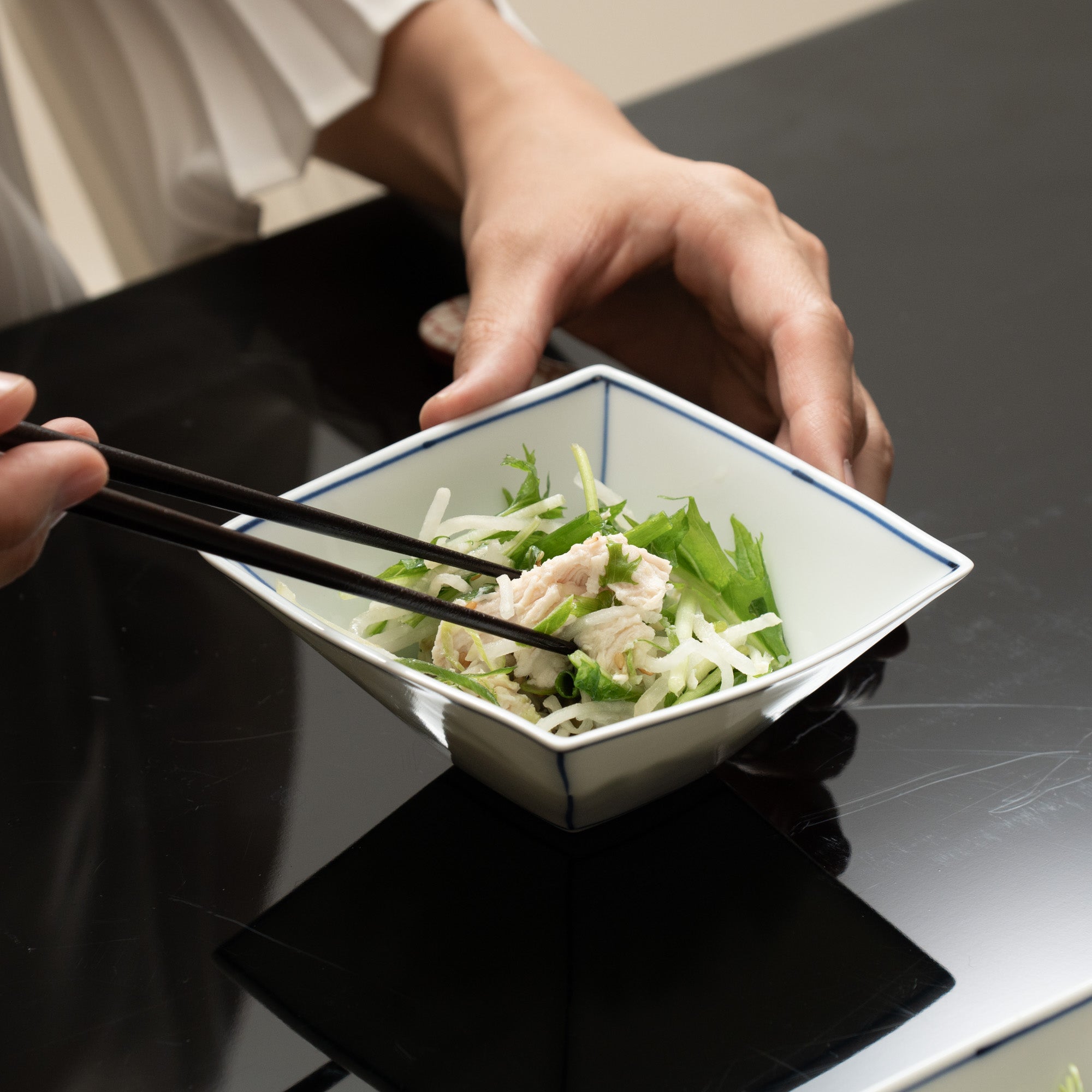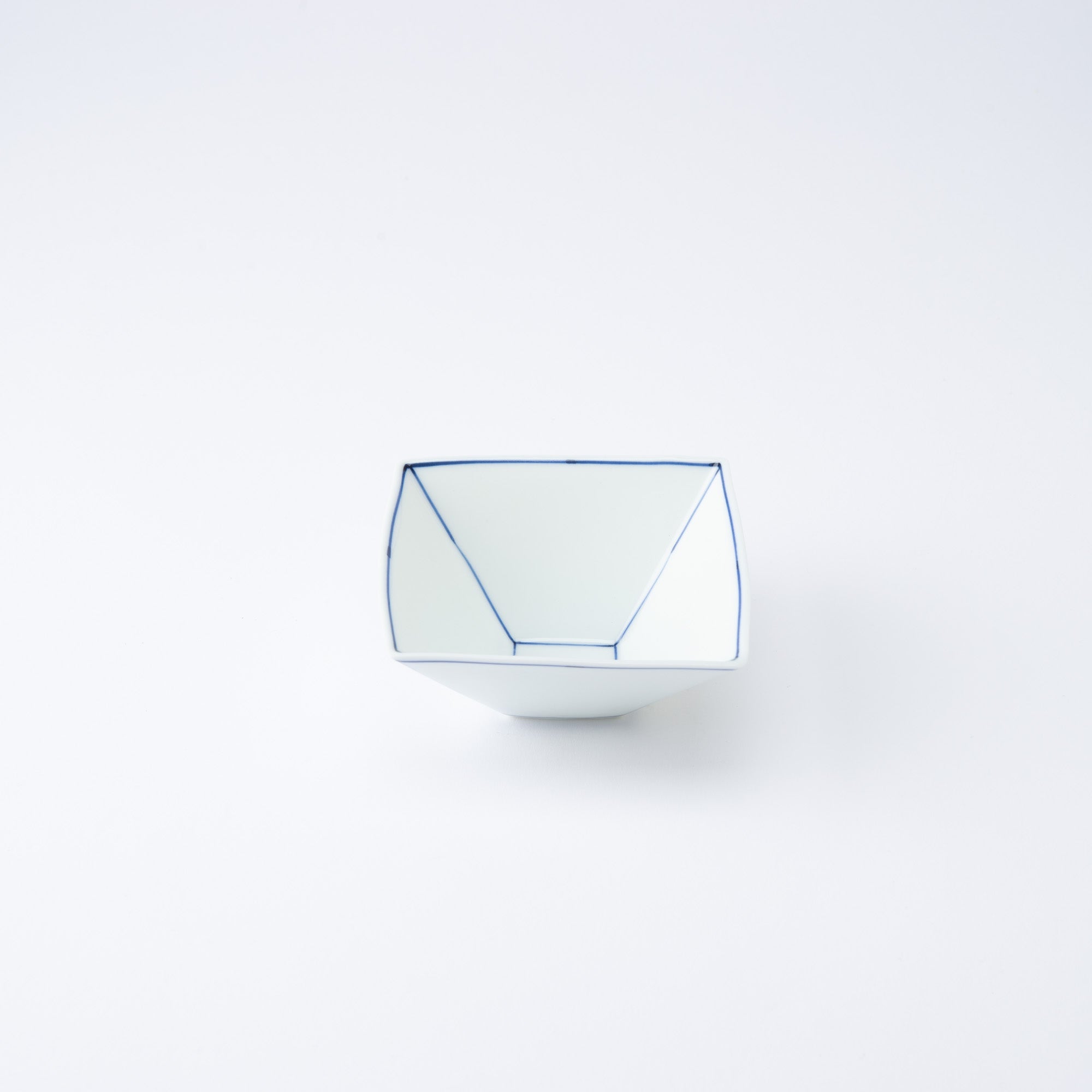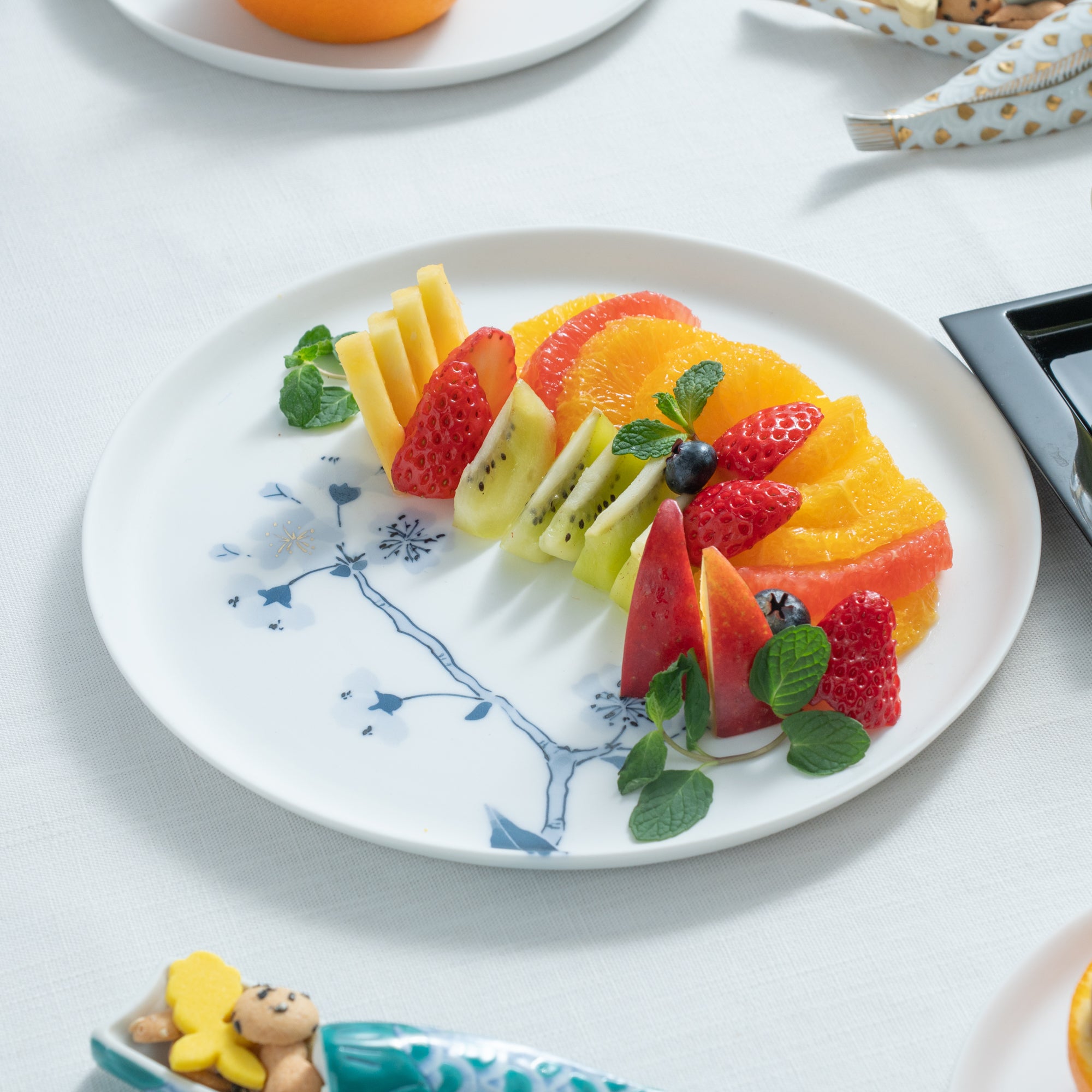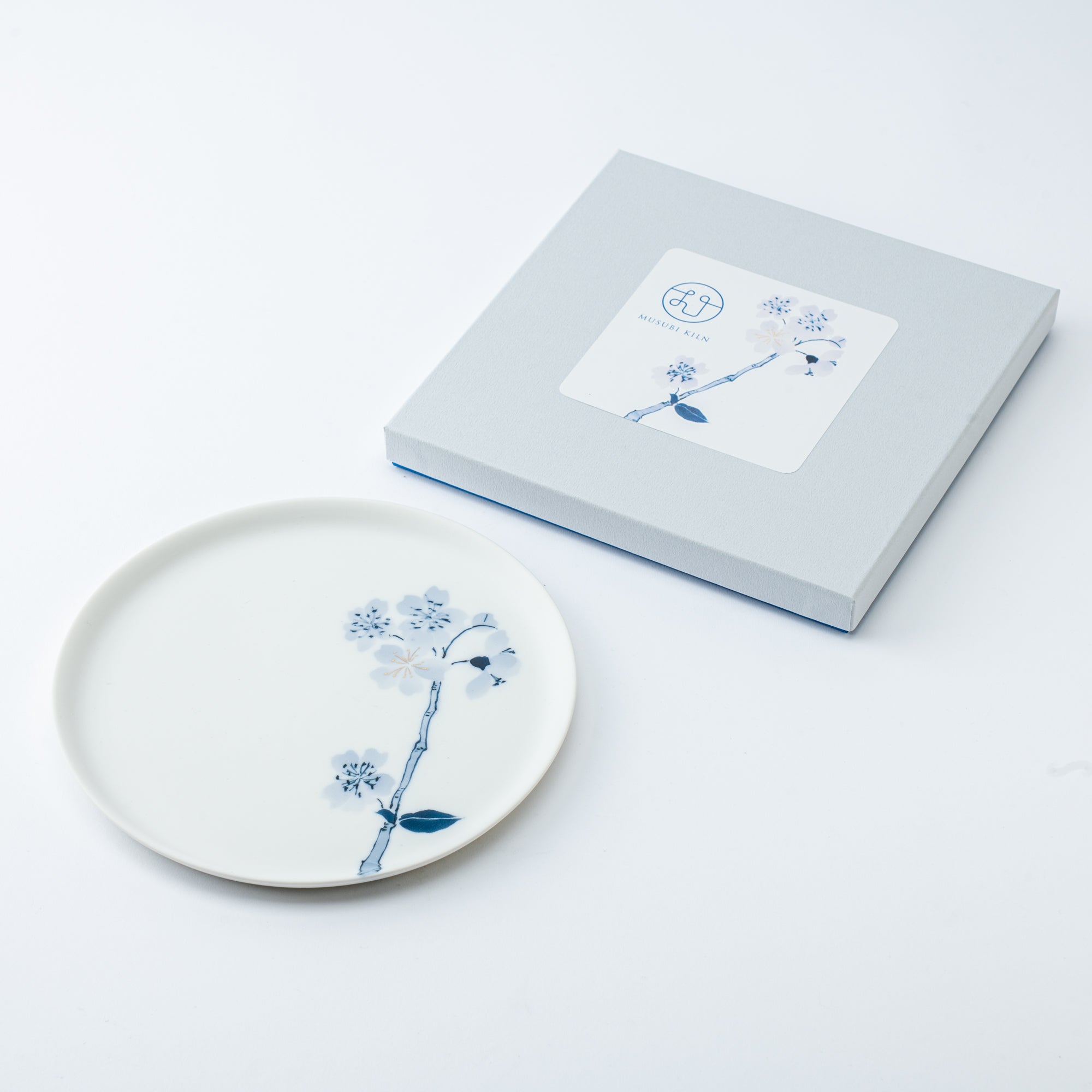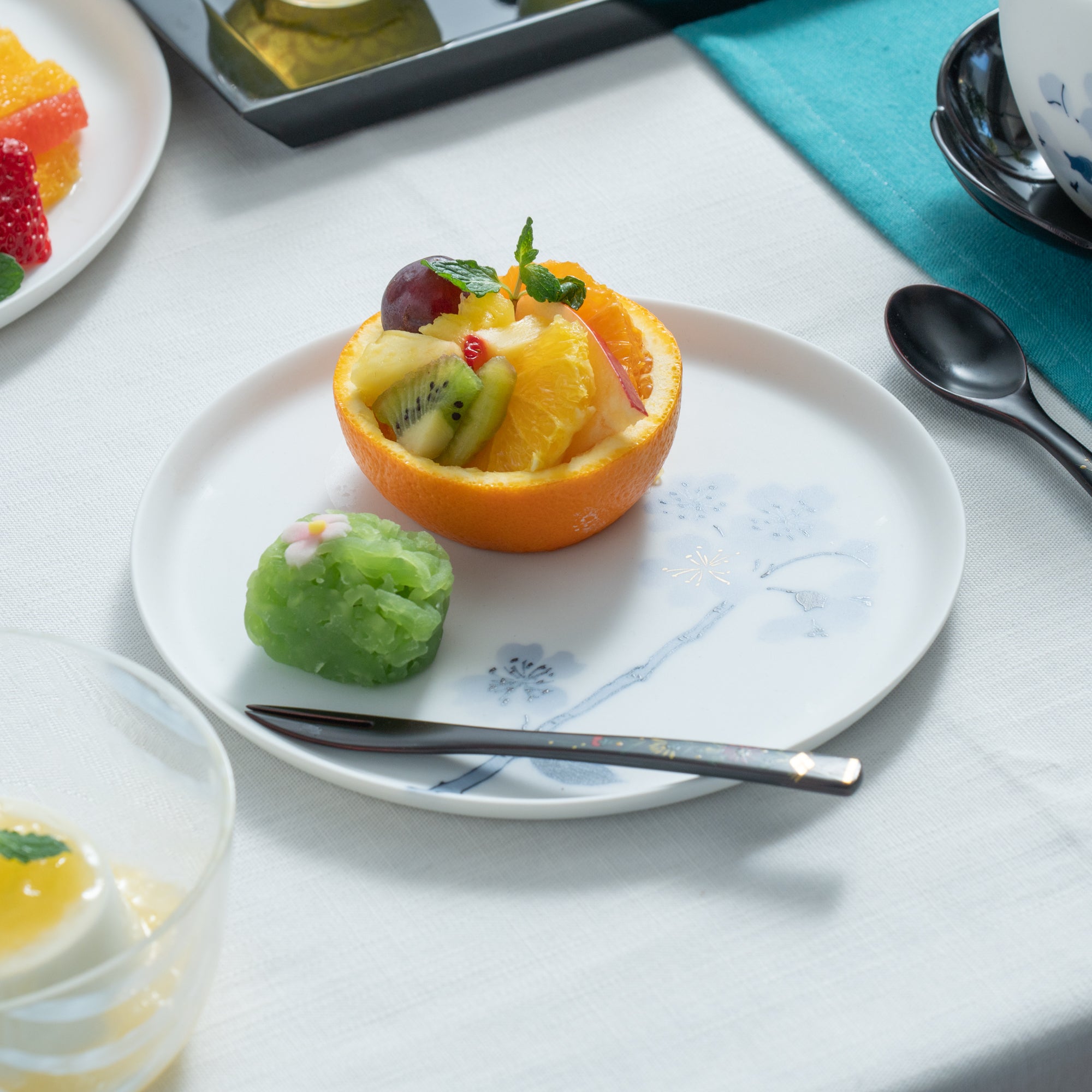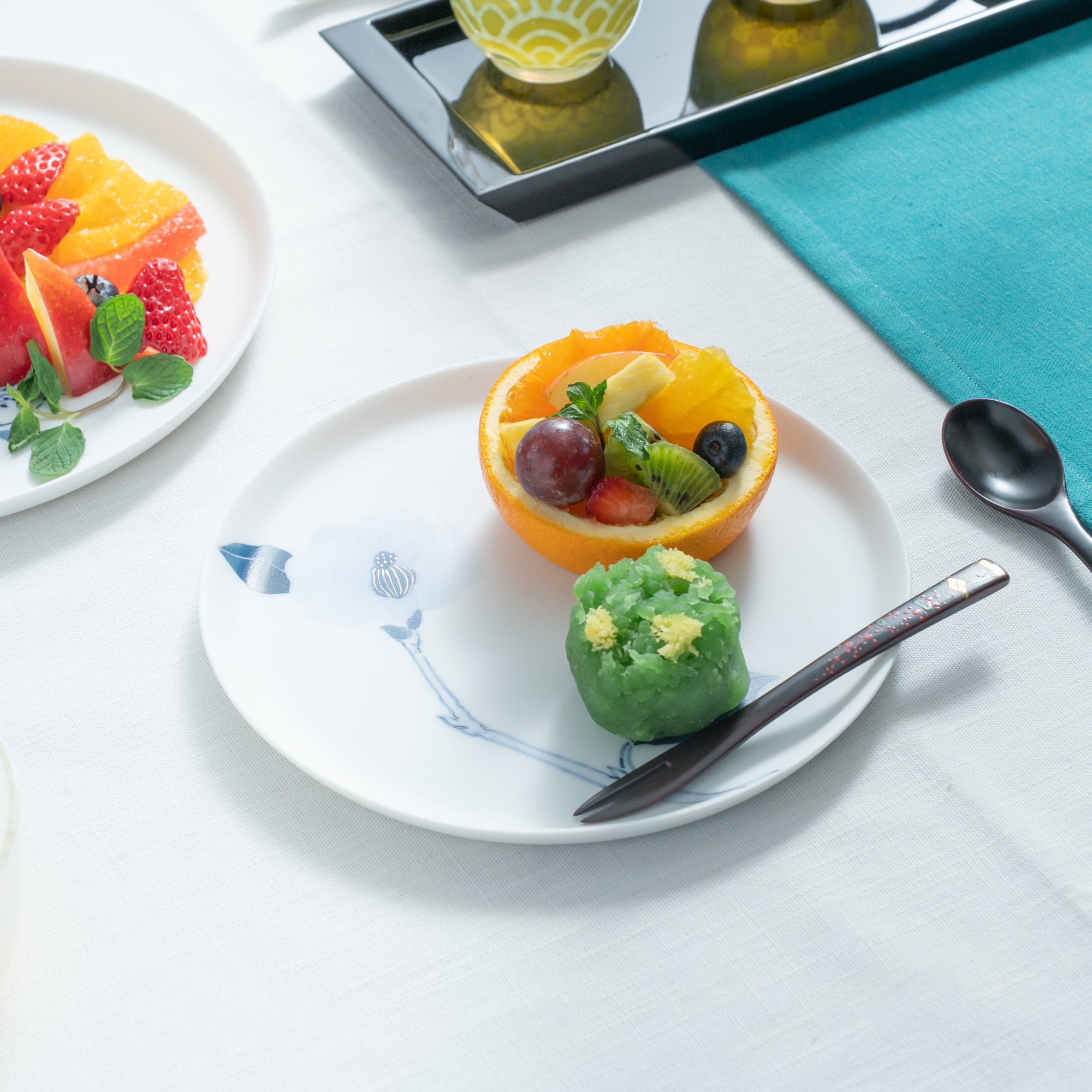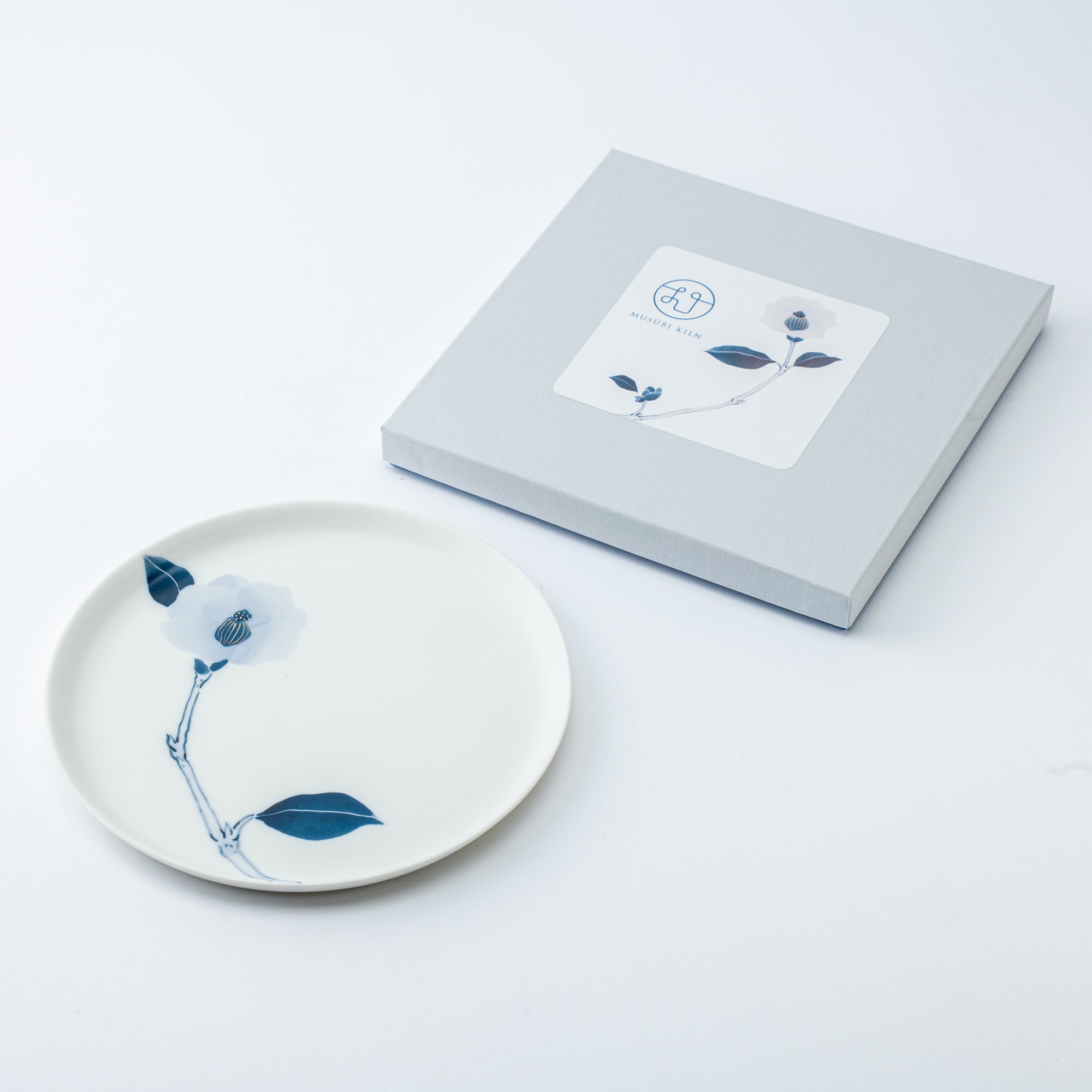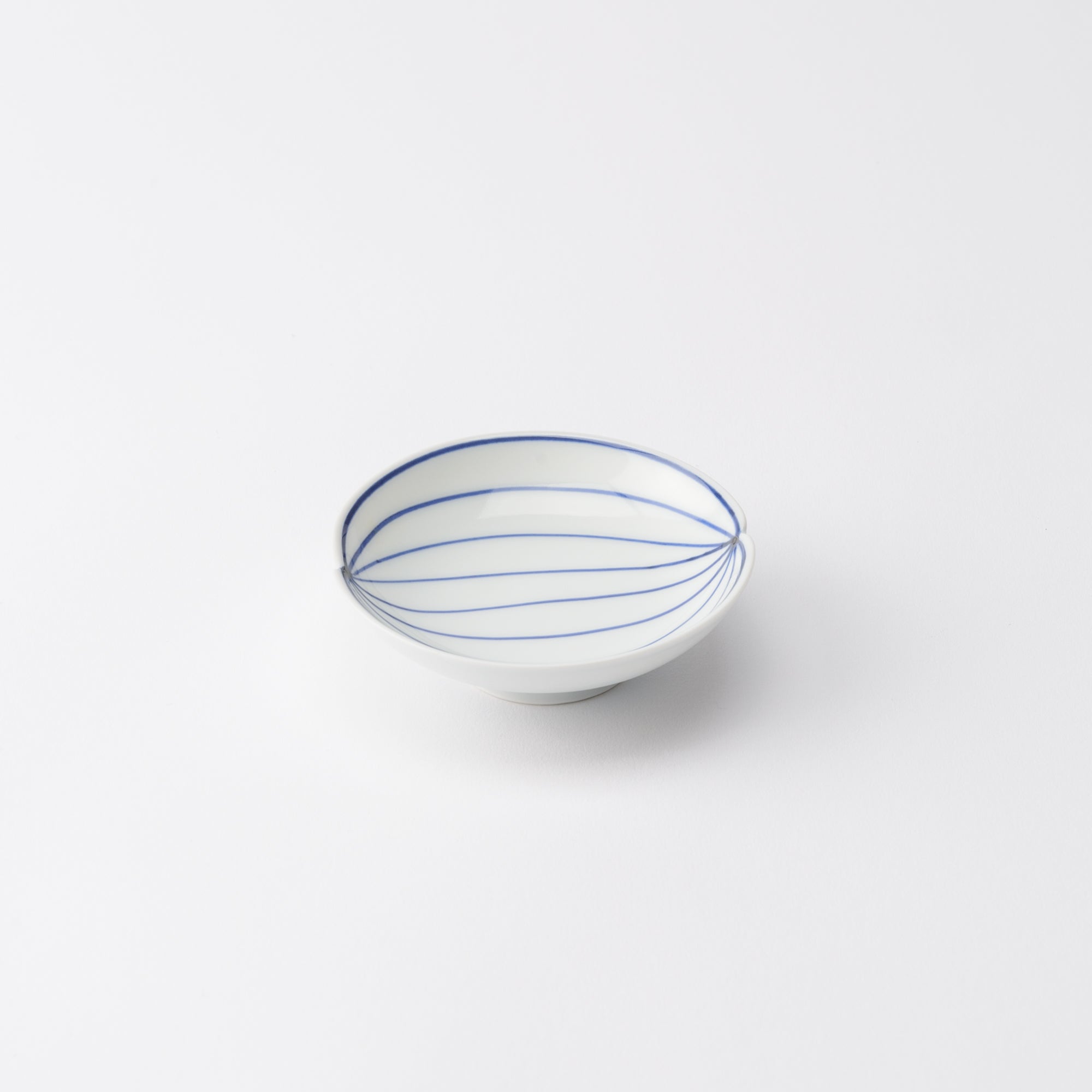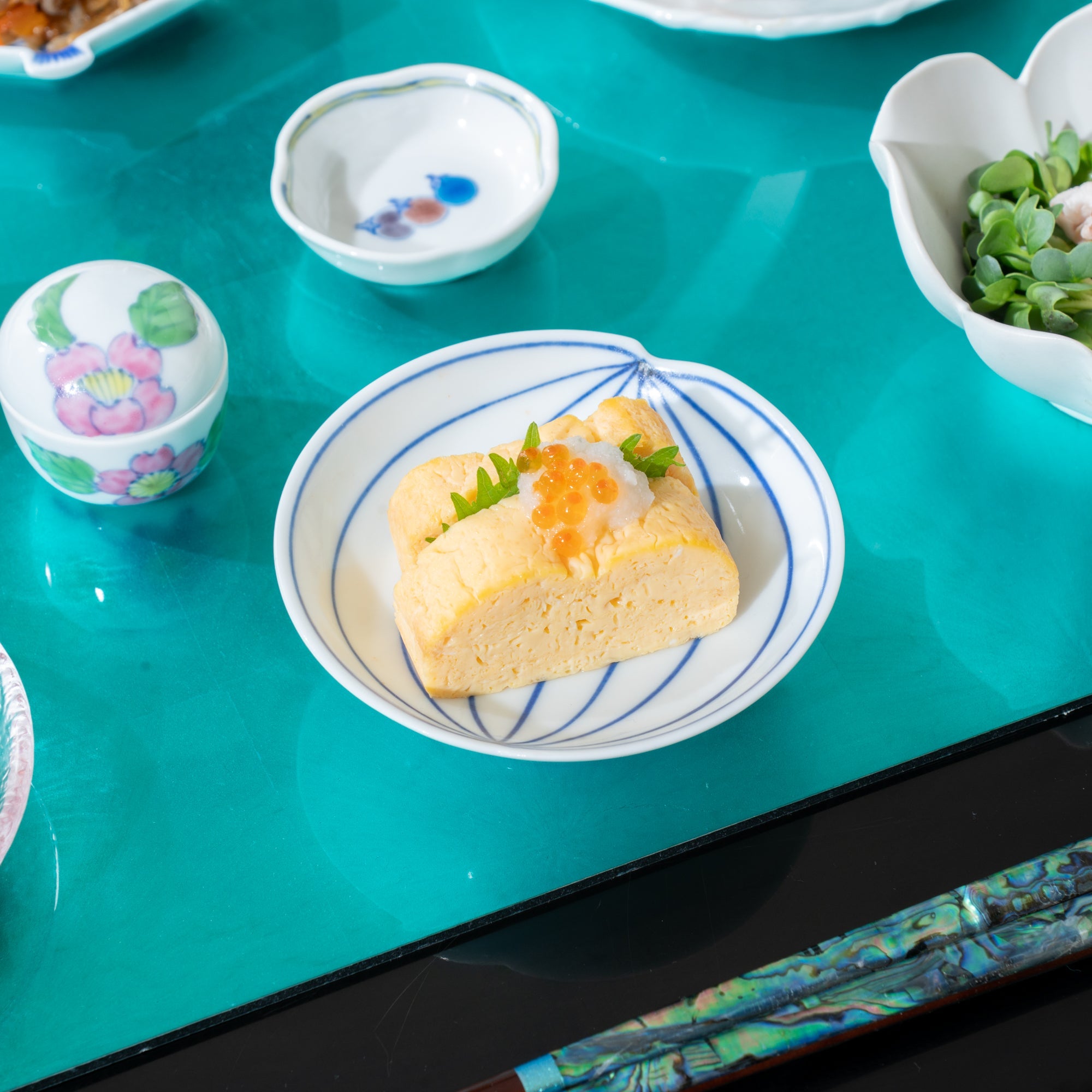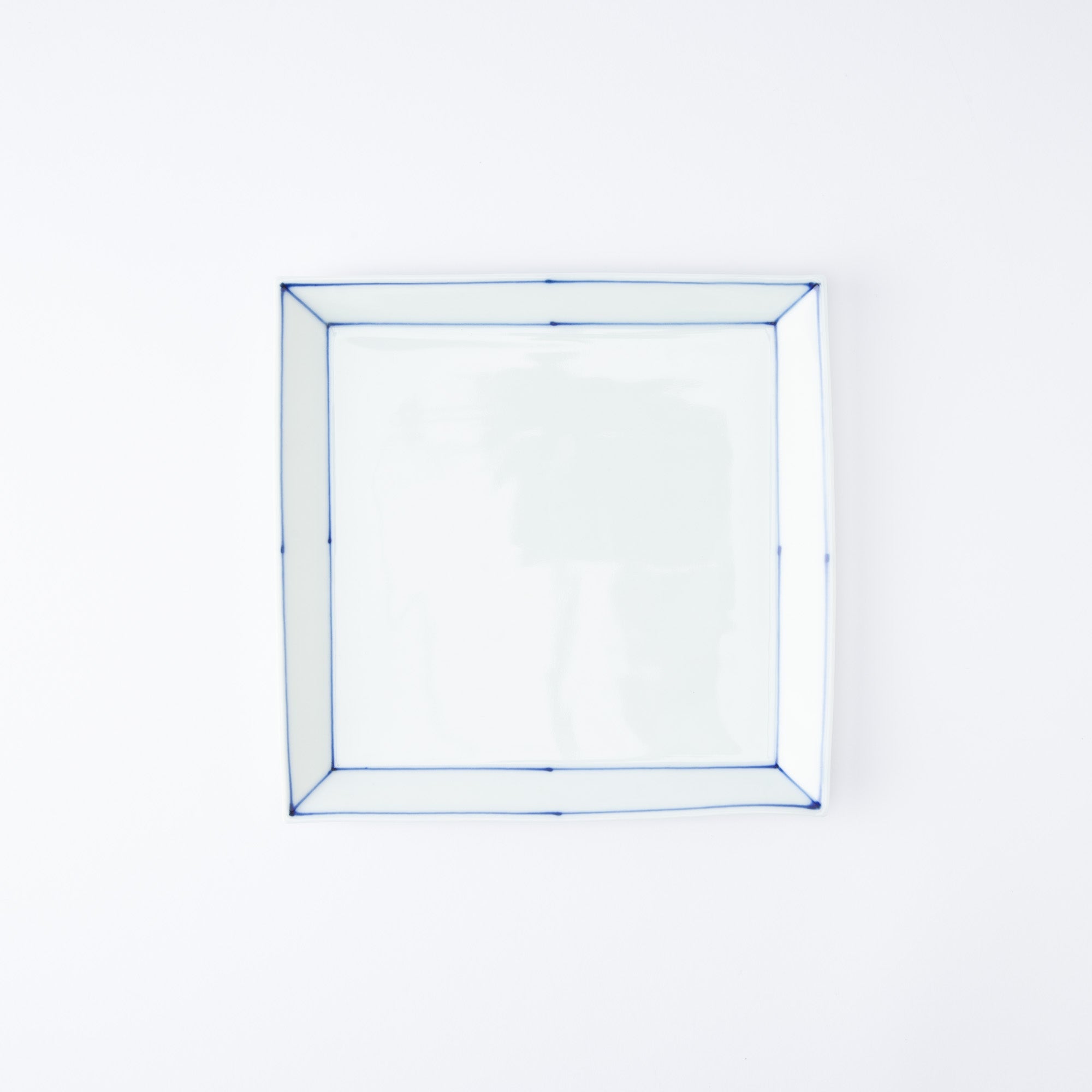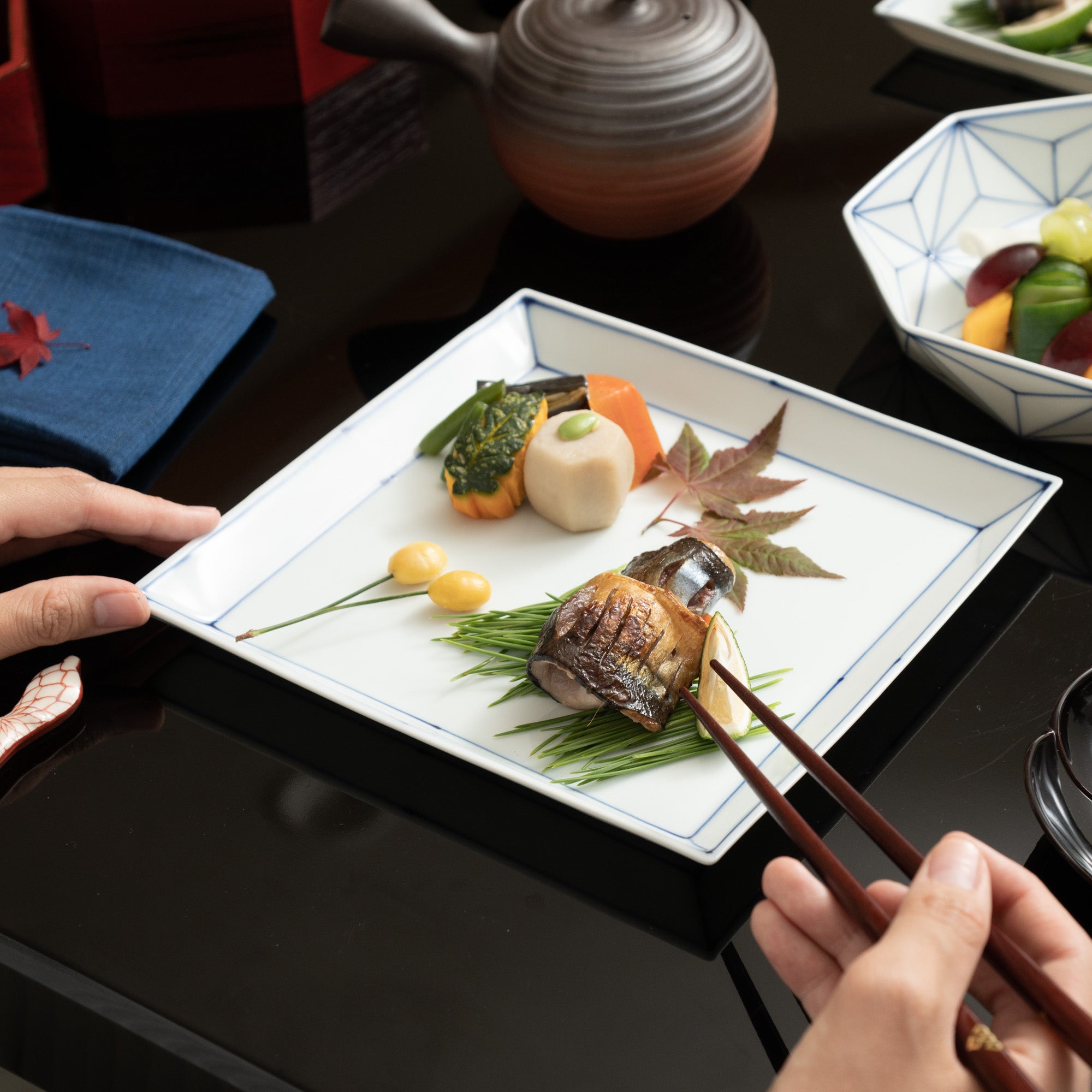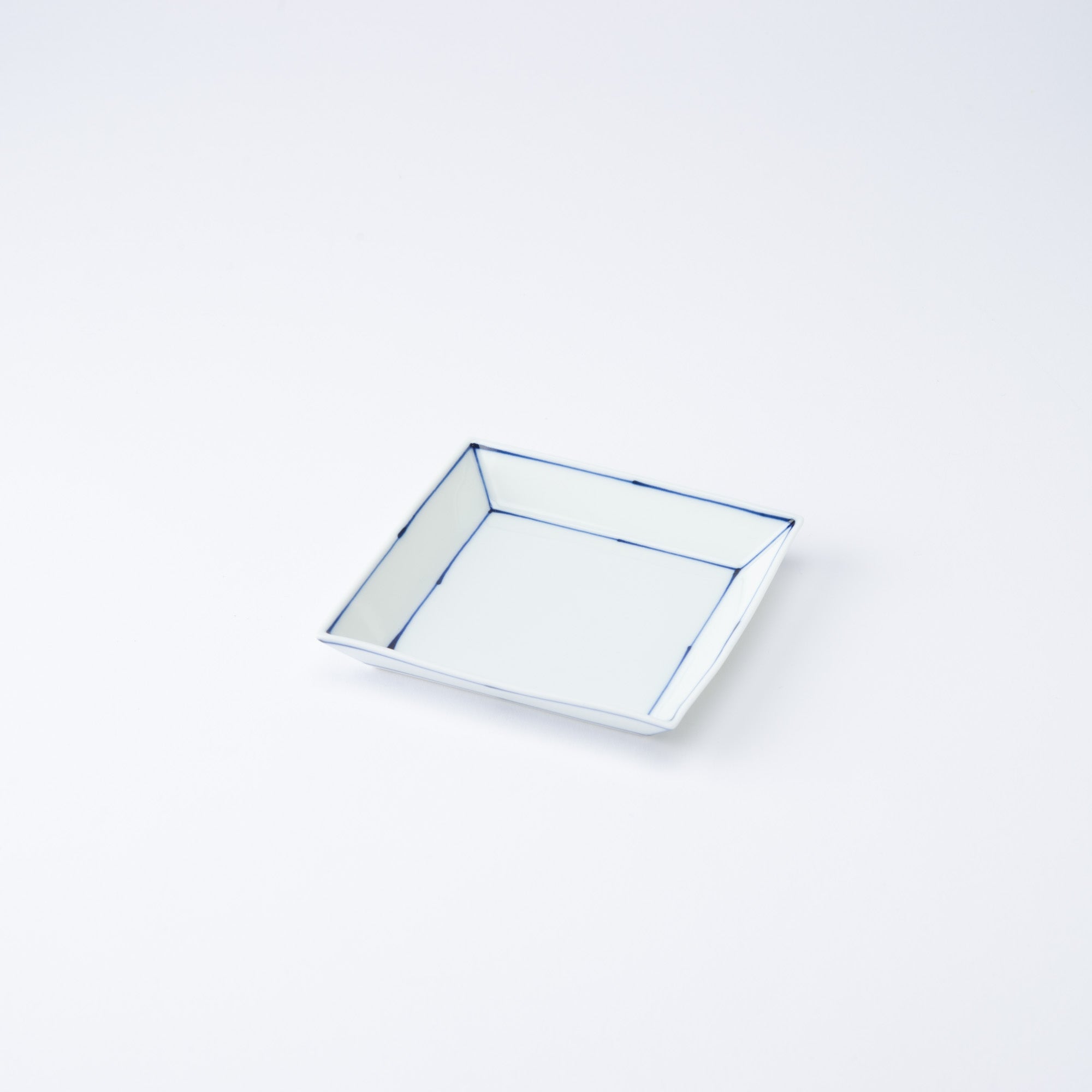
ESTAMOS PARADOS
Fundado en 1919, SINGAMA es un taller de cerámica familiar en Shinano, un pequeño pueblo enclavado en las colinas del noreste de la ciudad de Seto, prefectura de Aichi. Utilizando arcilla local de alta calidad, el taller se especializa en cerámica de Seto. algúntsuke—Porcelana blanca adornada con delicados diseños en azul índigo. Cada pieza está pintada a mano y elaborada para expresar comodidad, con formas delicadas y calidez que resultan ideales en la mesa de todos los días.
Nacido de los paisajes de Satoyama
Shinano, un tranquilo pueblo alfarero enclavado en los valles del Monte Mikuni, se encuentra al noreste de la ciudad de Seto, rodeado de satoyama (colinas boscosas y campos cerca de pueblos). Es aquí, en el taller de SINGAMA, donde una familia de artesanos elabora el delicado sometsuke de Seto. Desde la mezcla de la arcilla hasta el moldeado, la cocción y la pintura a mano de motivos estacionales en azul y blanco, el proceso se desarrolla con una calma deliberada. Guiado por la reflexión diaria y una profunda atención al detalle, SINGAMA crea obras que honran la tradición a la vez que exploran nuevas posibilidades, refinando la expresión mediante sutiles cambios de forma y color.
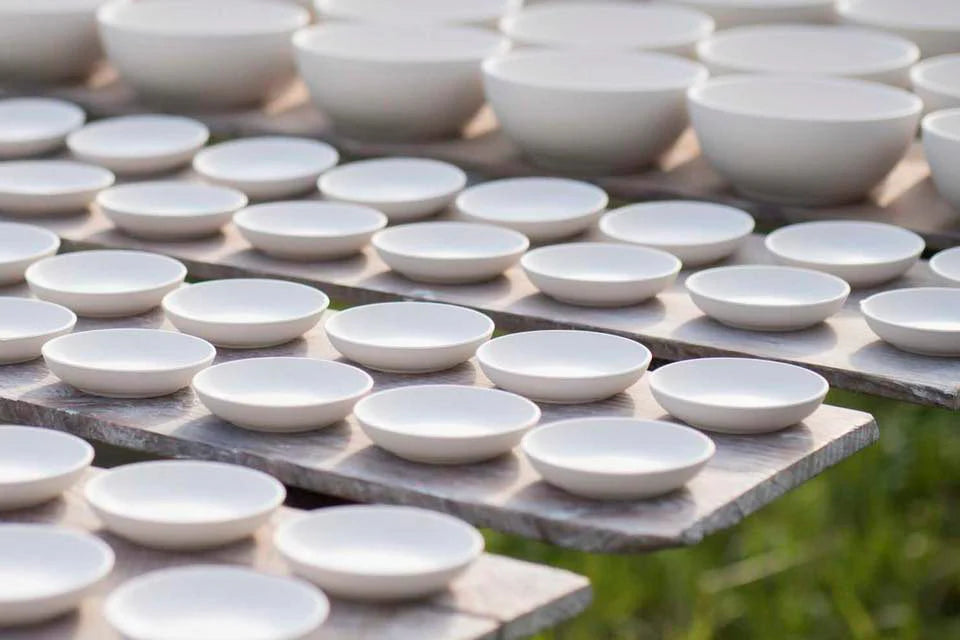
Acerca de Seto Sometsuke
SINGAMA se especializa en Seto sometsuke, una tradición de porcelana azul y blanca que comenzó a principios del siglo XIX. A medida que Seto pasaba de la loza a la porcelana, alfareros como Kato Tamikichi introdujeron técnicas de la región de Kyushu, lo que dio origen al primer sometsuke de la zona. El distintivo azul se crea utilizando gosu, un pigmento a base de cobalto cuyo tono varía sutilmente según la arcilla, el esmalte y el método de cocción.
Para profundizar la riqueza del azul, SINGAMA utiliza una técnica de cocción exclusiva de Seto llamada Nerashi, donde la temperatura se mantiene alta durante un tiempo prolongado para producir un acabado fluido y luminoso. Los diseños se pintan completamente a mano con dami, un método en el que se vierte gosu desde un pincel grueso para crear sombreados expresivos, muy parecidos a la pintura con tinta.
En 1997, el Seto sometsuke fue reconocido oficialmente como una artesanía tradicional japonesa, valorada por sus formas suaves, líneas pictóricas y belleza tranquila en la vida cotidiana.

Finas líneas azules sobre porcelana blanca —algunas curvas como las venas de una hoja, otras dibujadas con limpios patrones geométricos— definen esta serie. Cada pieza está pintada a mano, con sutiles variaciones de línea y tono que reflejan el toque artesanal. Ya sean orgánicas o estructuradas, las líneas transmiten serenidad y refinamiento, invitando a una apreciación serena de la forma, el ritmo y la belleza cotidiana.
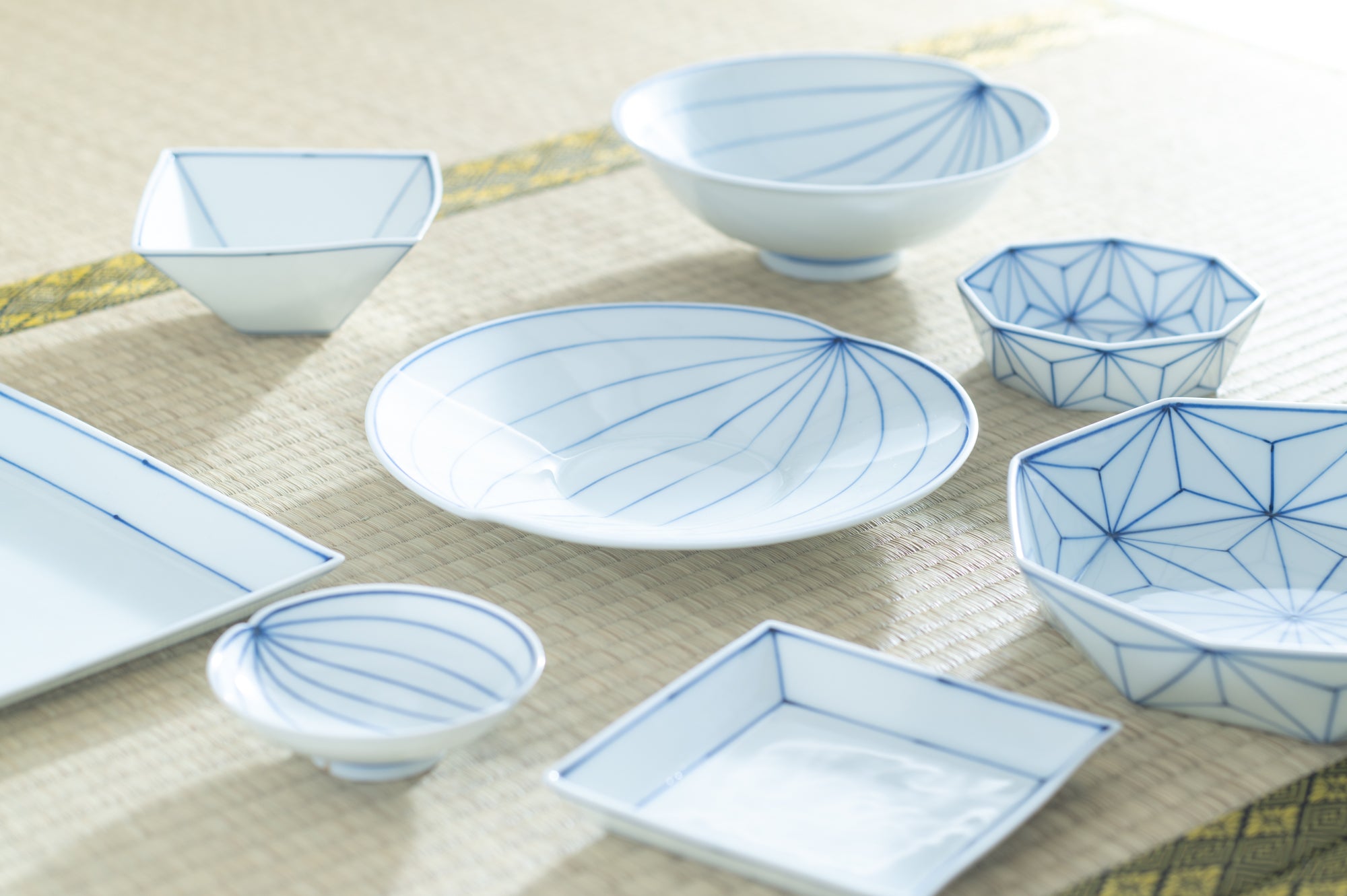
Con un suave acabado mate y elegantes motivos pintados a mano, esta serie realza la delicada belleza del gosu en plena floración. Los diseños, que abarcan desde sutiles flores hasta ramas ondulantes, realzan la expresiva gradación del índigo, otorgando a cada pieza un encanto similar a la acuarela. De tonos suaves y detalles refinados, estas piezas ofrecen una expresión más sutil de la tradición sometsuke de SINGAMA.

Una danza de pinceladas azules en el horno japonés Singama
En SINGAMA, en Seto, Japón, se dibujan delicadas líneas índigo a mano alzada, sin reglas, solo pincel, aliento y años de práctica. En este video, Shinya, artesano de tercera generación, comparte la historia detrás del nombre del horno, las herramientas en las que confía y la disciplina silenciosa tras cada trazo. Su trabajo en Seto sometsuke, una porcelana tradicional azul y blanca, está arraigado en la historia familiar y moldeado por los paisajes de Shinano.
Desde la elección del pincel perfecto hasta el diseño de patrones que se adaptan a la forma de cada pieza, el proceso de Shinya refleja un profundo respeto por la belleza y la funcionalidad. Observa cómo la tradición y la individualidad se fusionan en una artesanía transmitida durante más de 100 años.
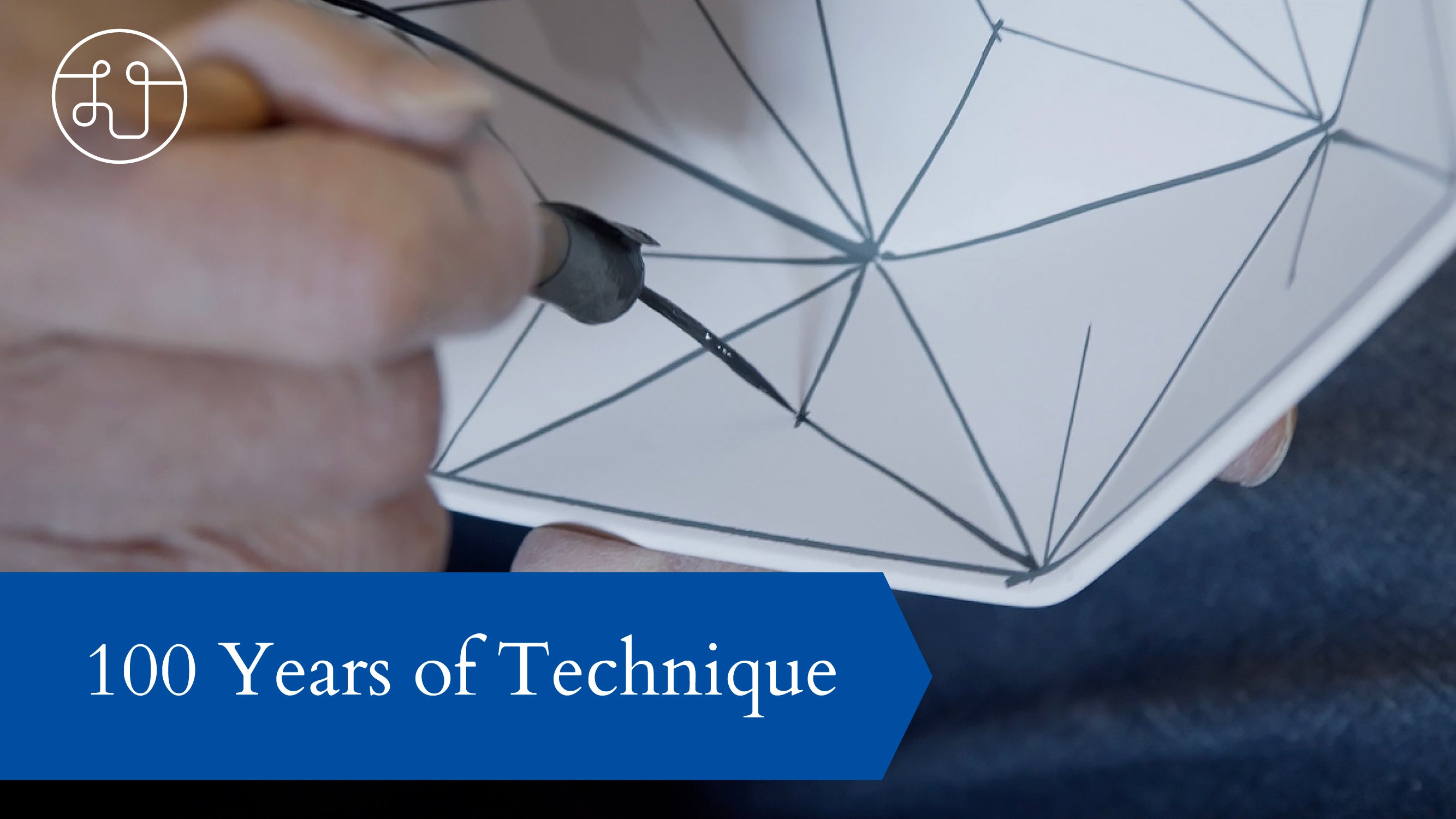
Creando cerámica japonesa azul y blanca atemporal con esmalte de cobalto
Observa cómo Kato Mayuki, maestro de cuarta generación de SINGAMA, pinta a mano cerámica tradicional japonesa al estilo sometsuke con óxido de cobalto. En este vistazo tras bambalinas, verás cómo se elabora cuidadosamente la cerámica Seto, comenzando con la transferencia de patrones, la delicada pincelada y el uso de pinceles rogo para delinear motivos florales. Cada paso refleja generaciones de técnica refinada y un profundo respeto por el material y la forma.
La ciudad de Seto, en la prefectura de Aichi, es conocida como uno de los Seis Hornos Antiguos de Japón, especialmente por sus elegantes diseños en azul y blanco. Este video captura la serena belleza del proceso, desde la mezcla del denso esmalte de cobalto hasta su desarrollo a través de formas sencillas y atemporales. Descubra cómo Kato perpetúa el legado de su familia creando piezas con un toque tradicional y audaz, perfectas para el uso diario y la exhibición.
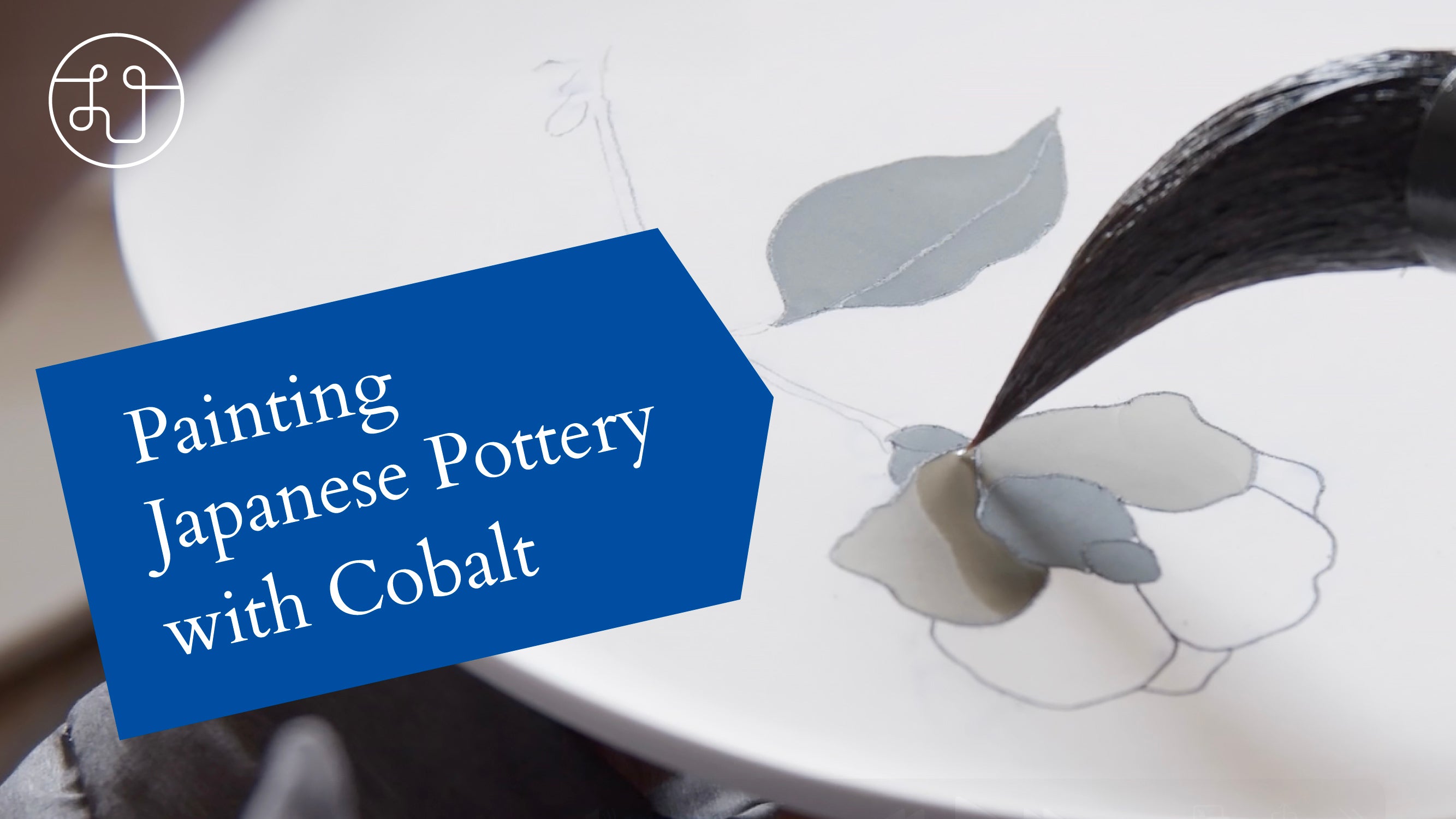
Este horno japonés lleva 100 años fabricando porcelana de la misma manera
Conozca a Kato Shinya, maestro de tercera generación del horno SINGAMA, quien reflexiona sobre sus 105 años de artesanía en Seto sometsuke: porcelana japonesa azul y blanca pintada a mano, elaborada en Seto, prefectura de Aichi. Desde recuerdos de cargar hornos con cuencos de niño hasta usar cepillos inventados por su abuelo, Kato comparte cómo su familia ha continuado y desarrollado esta artesanía tradicional japonesa.
Conocidas por sus suaves líneas índigo y su delicado espacio blanco, las piezas de porcelana de SINGAMA se inspiran en la historia y la innovación discreta. Observe cómo la arcilla Seto, el esmaltado gosu y generaciones de dedicación se unen en cada cuenco hecho a mano.

Origen y otros creadores
Artículos relacionados
Filtros


